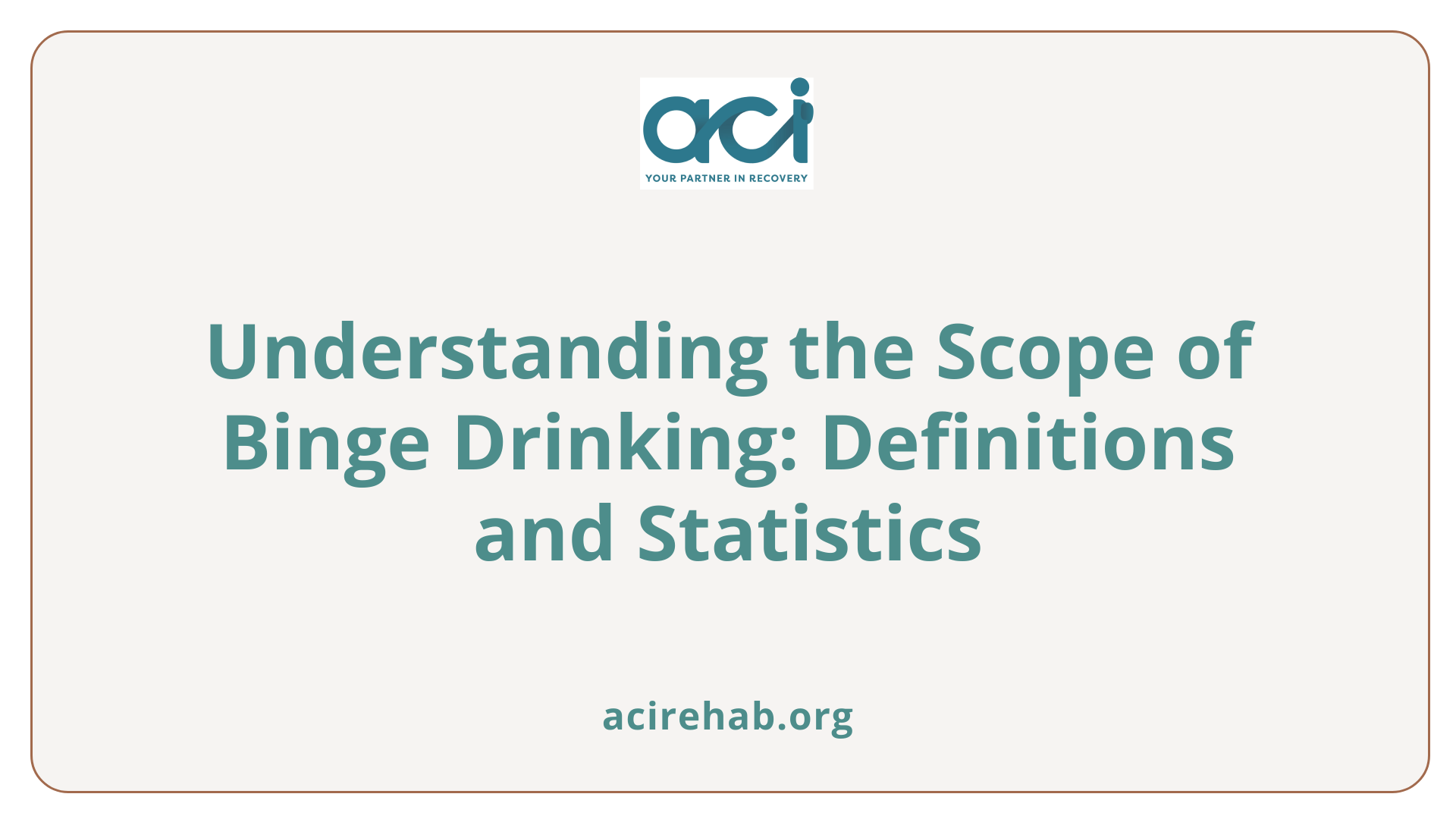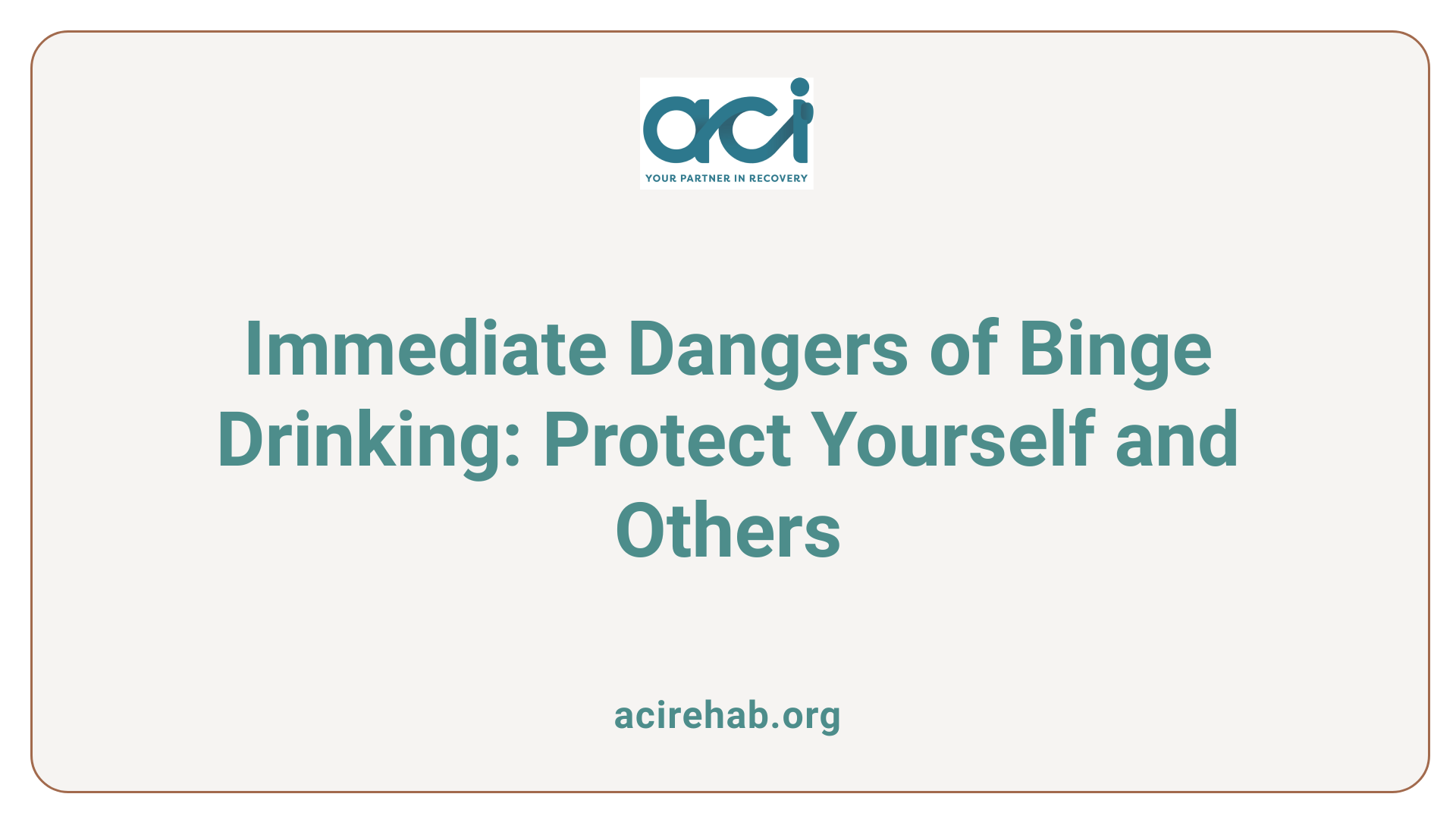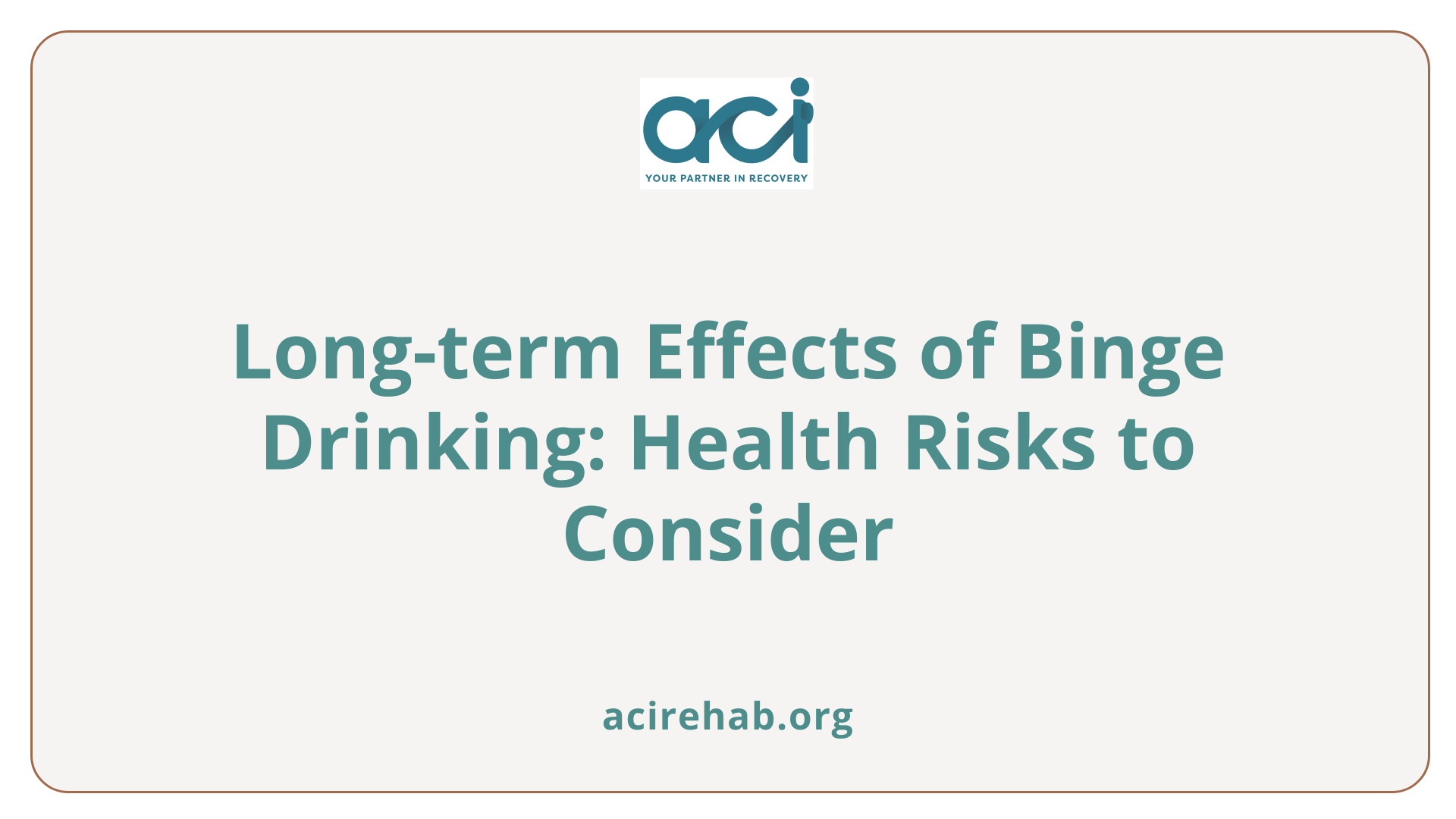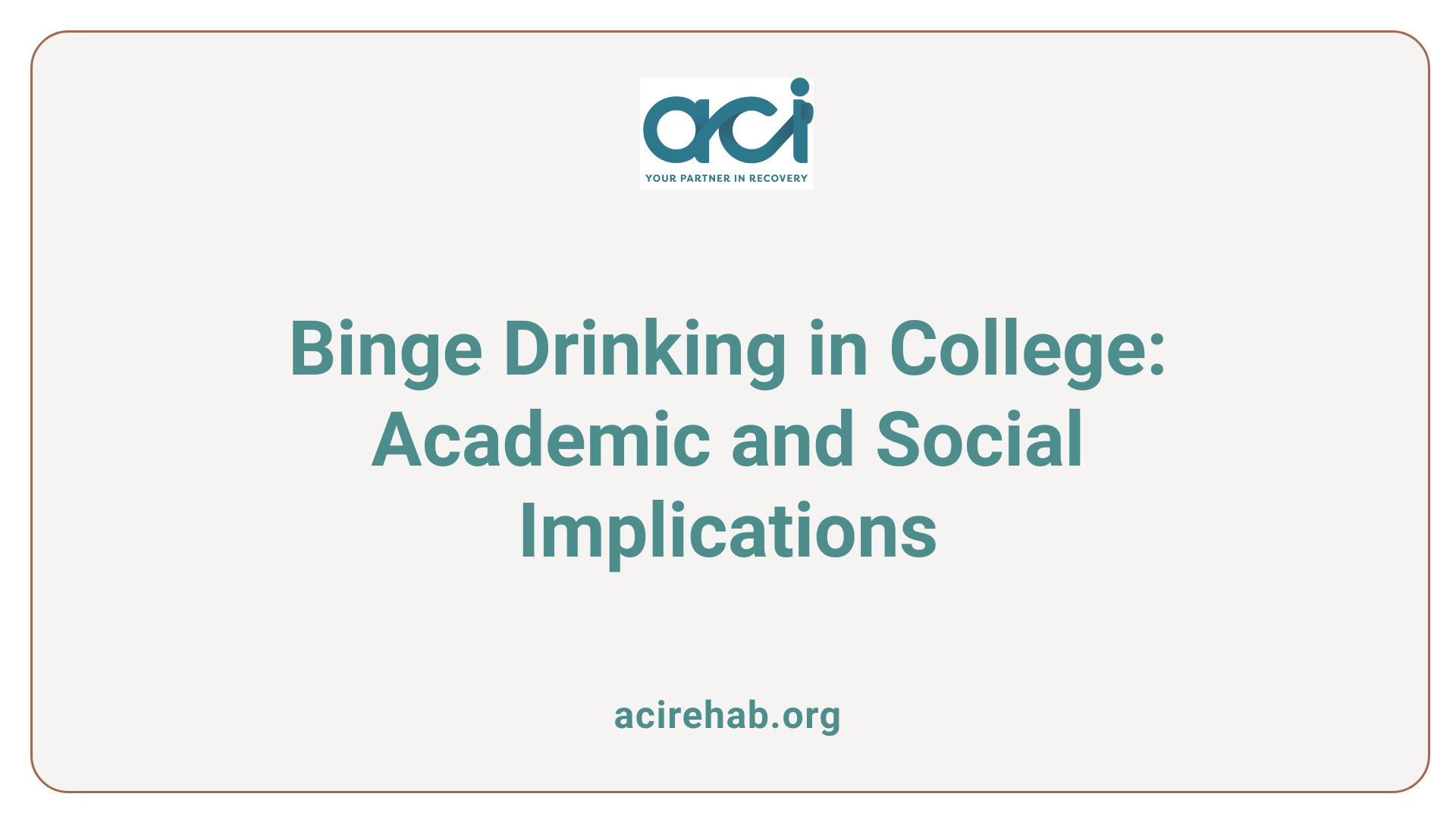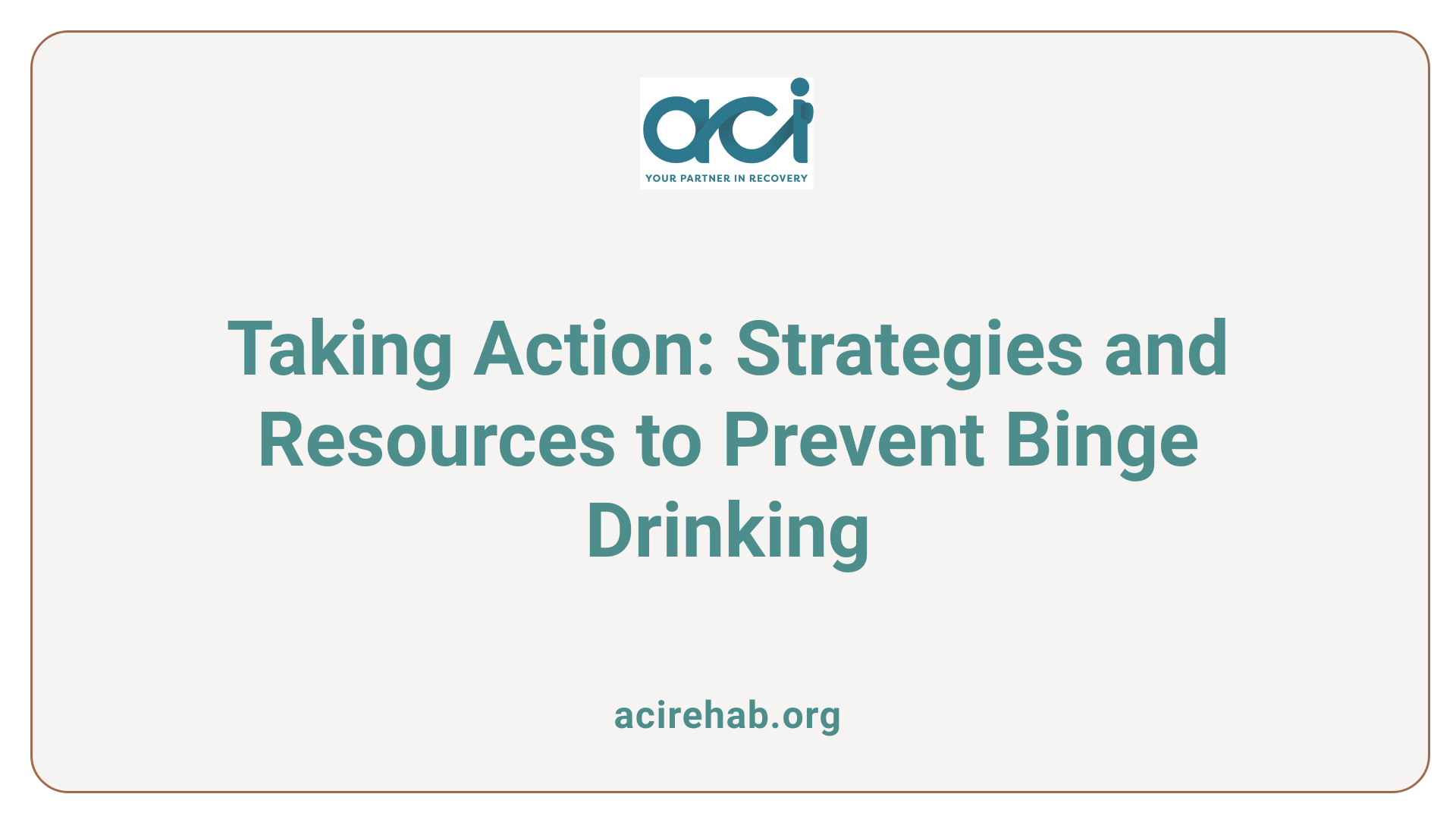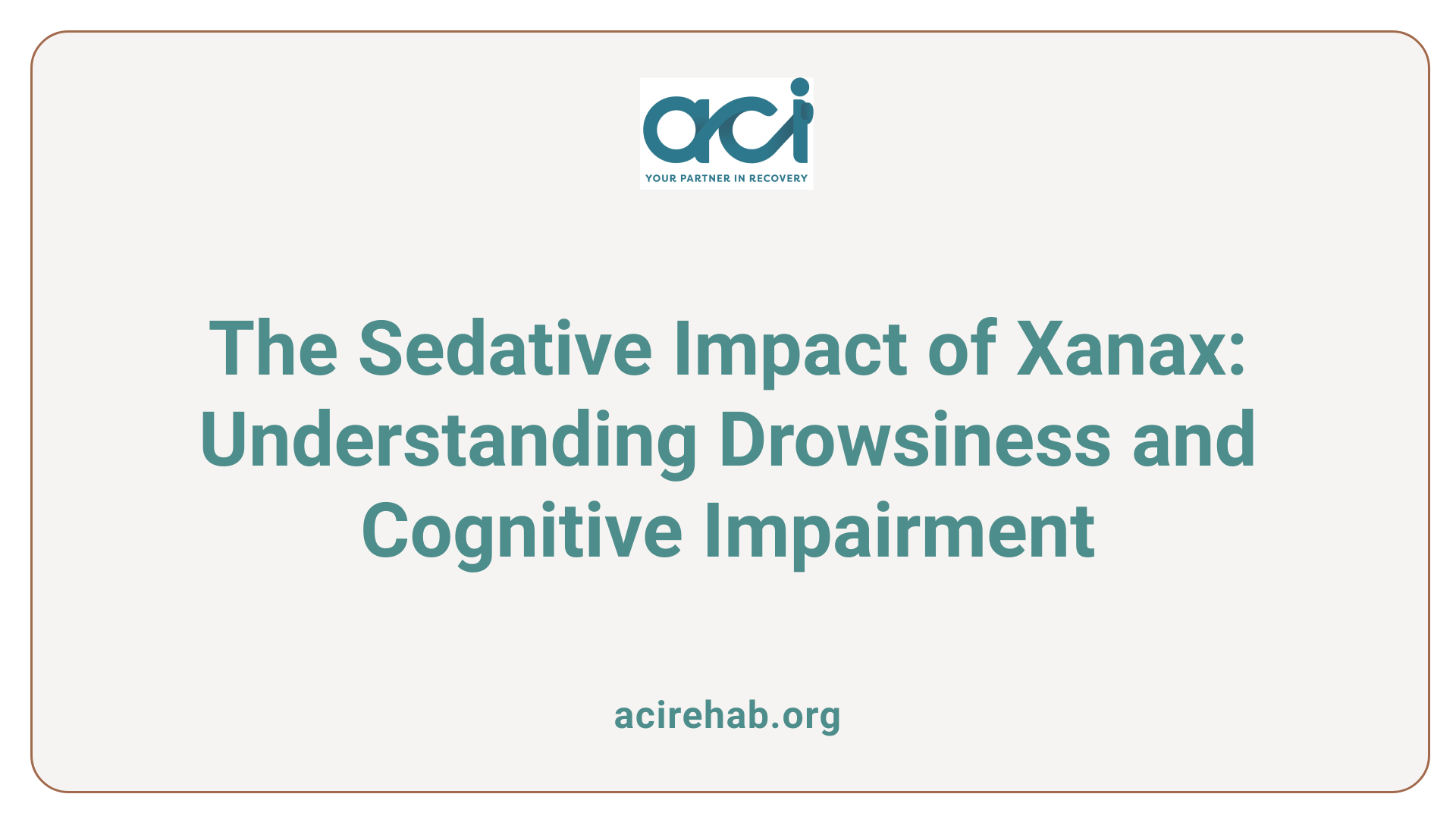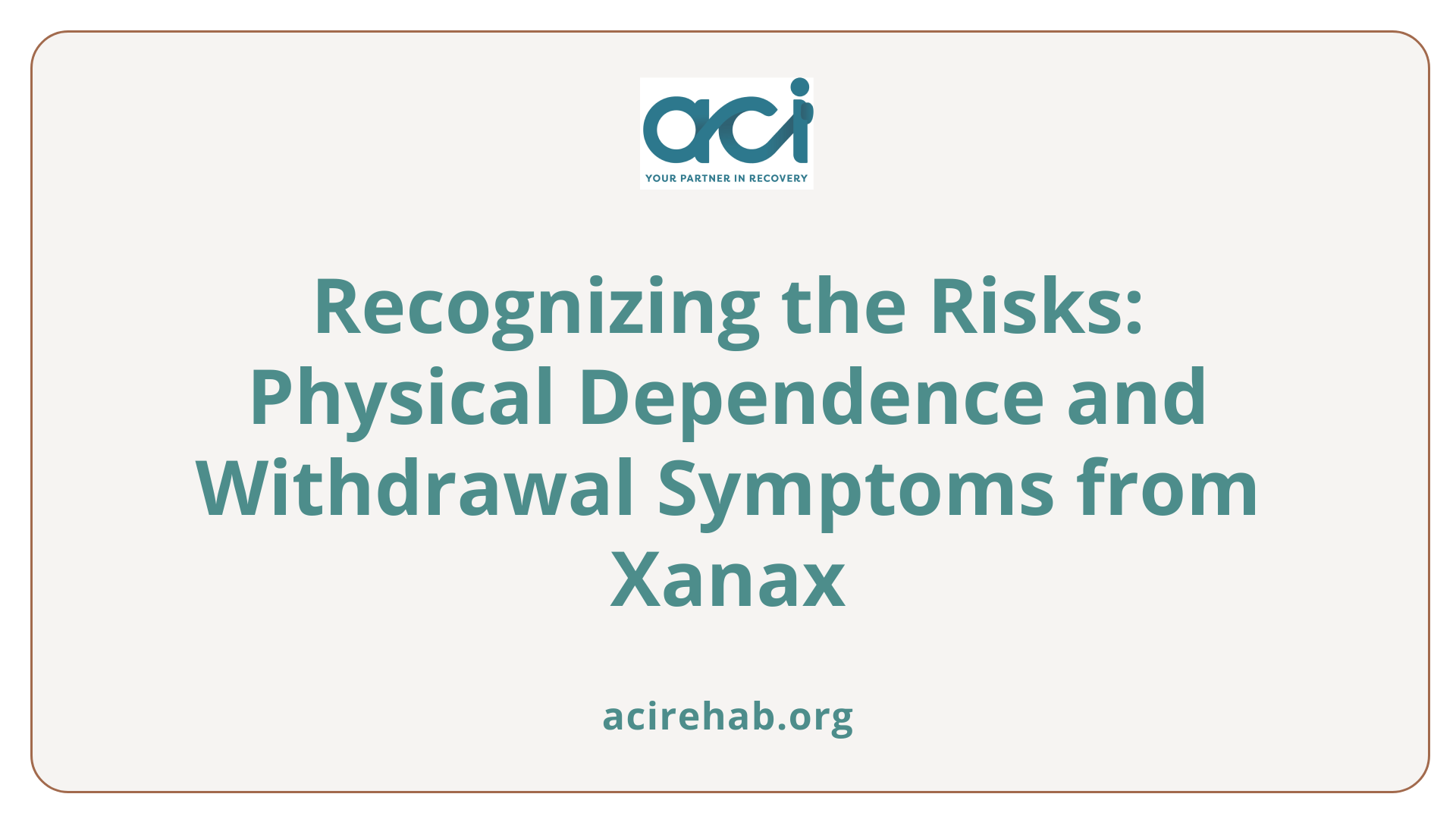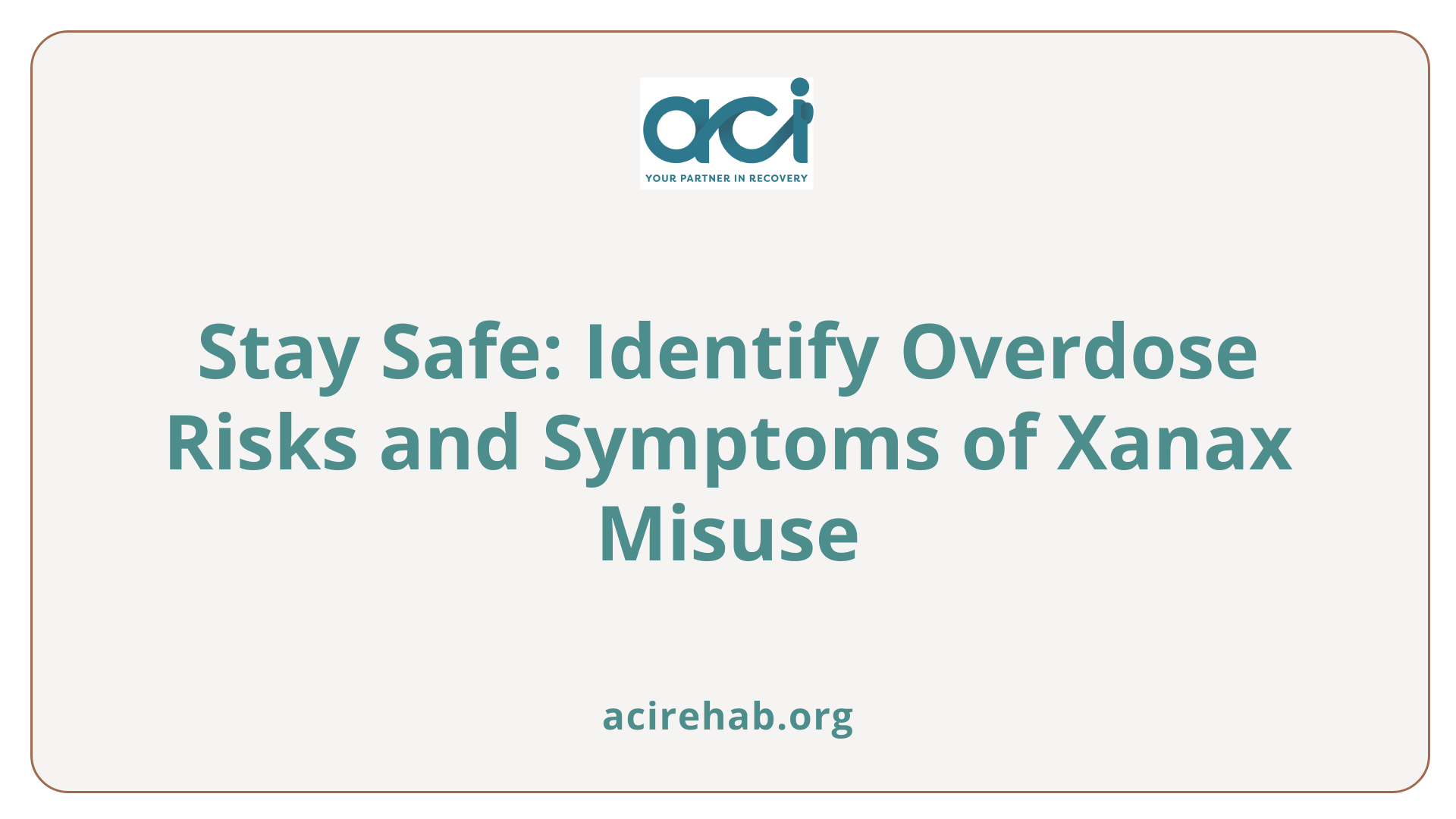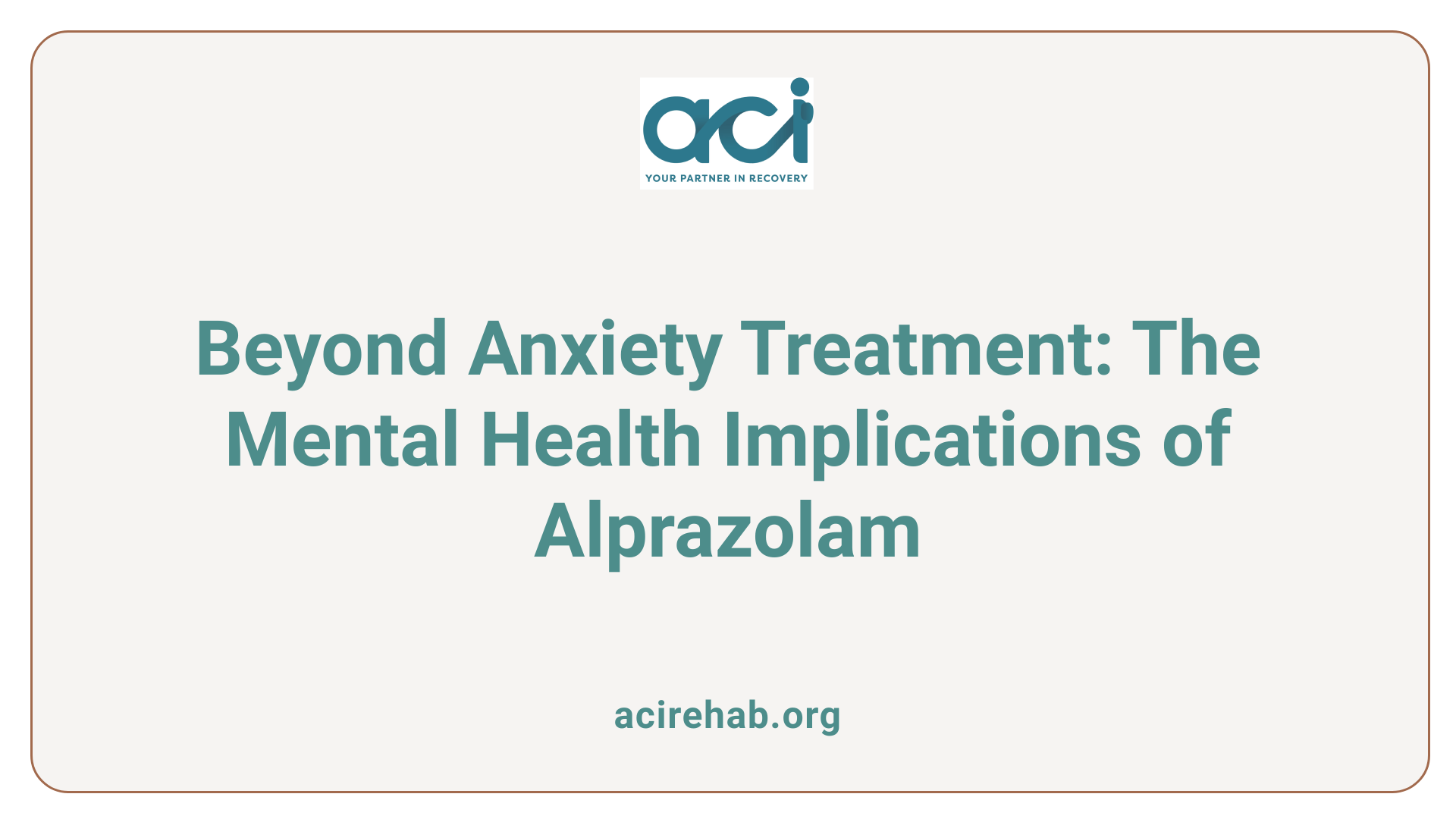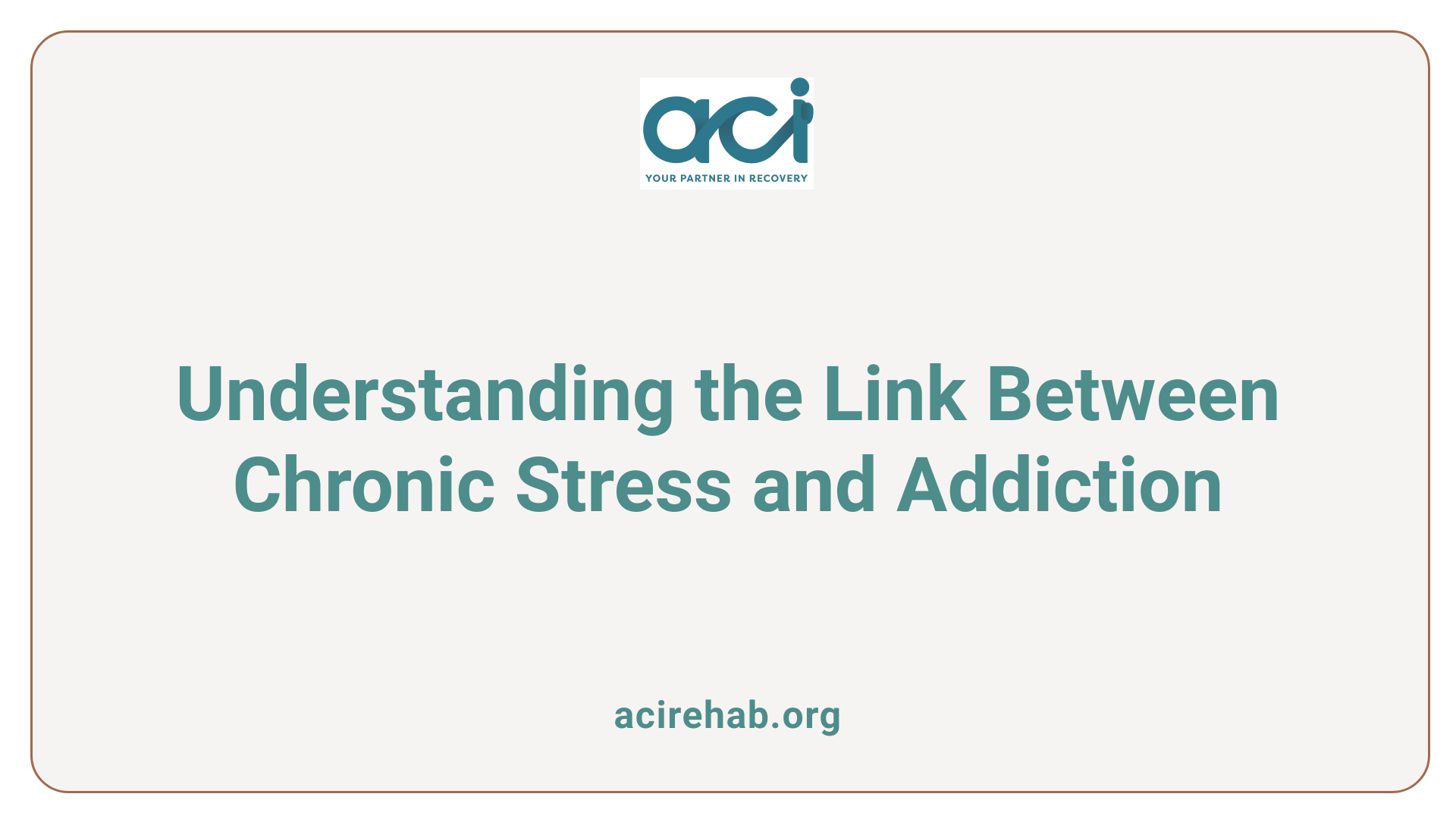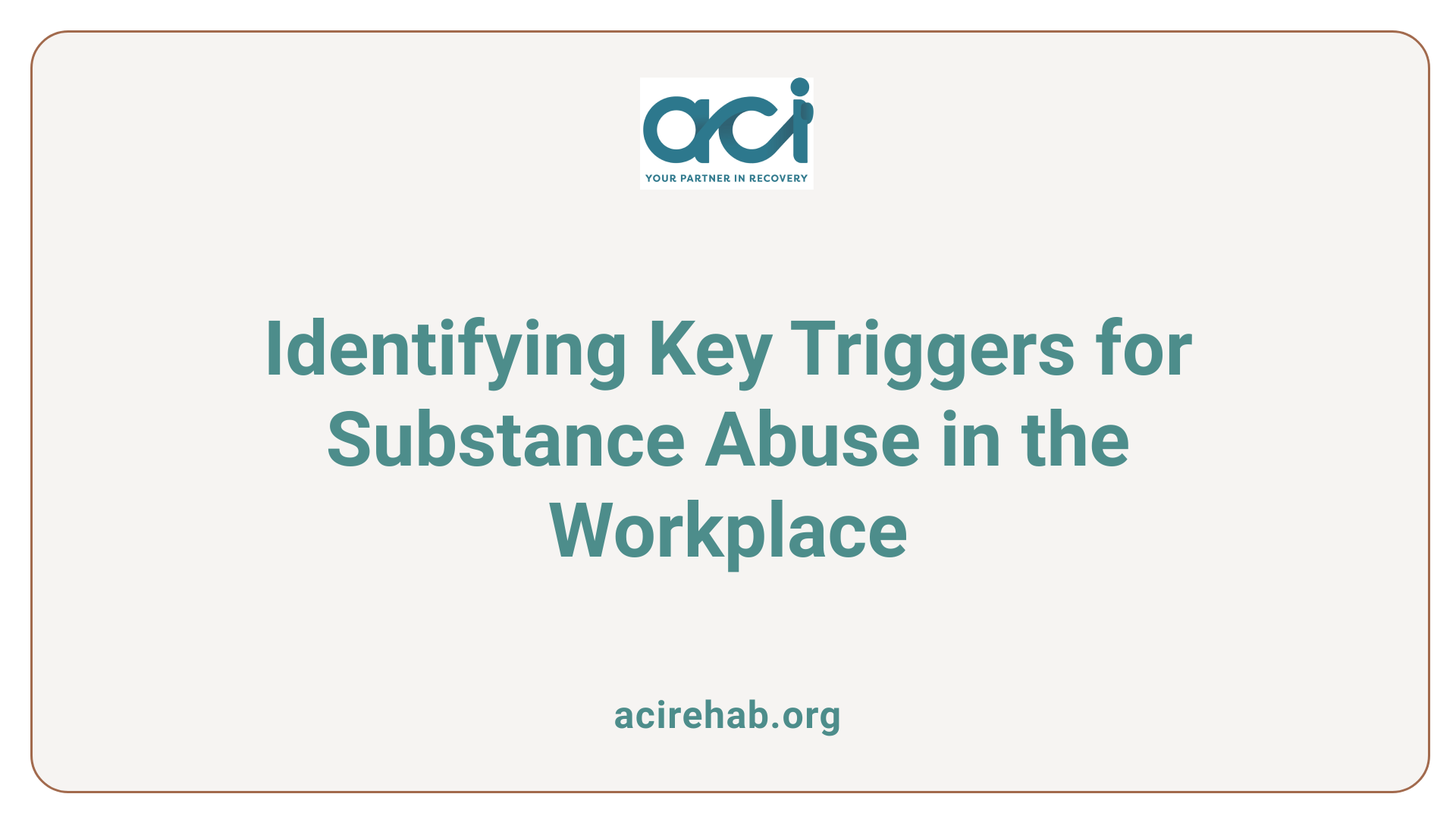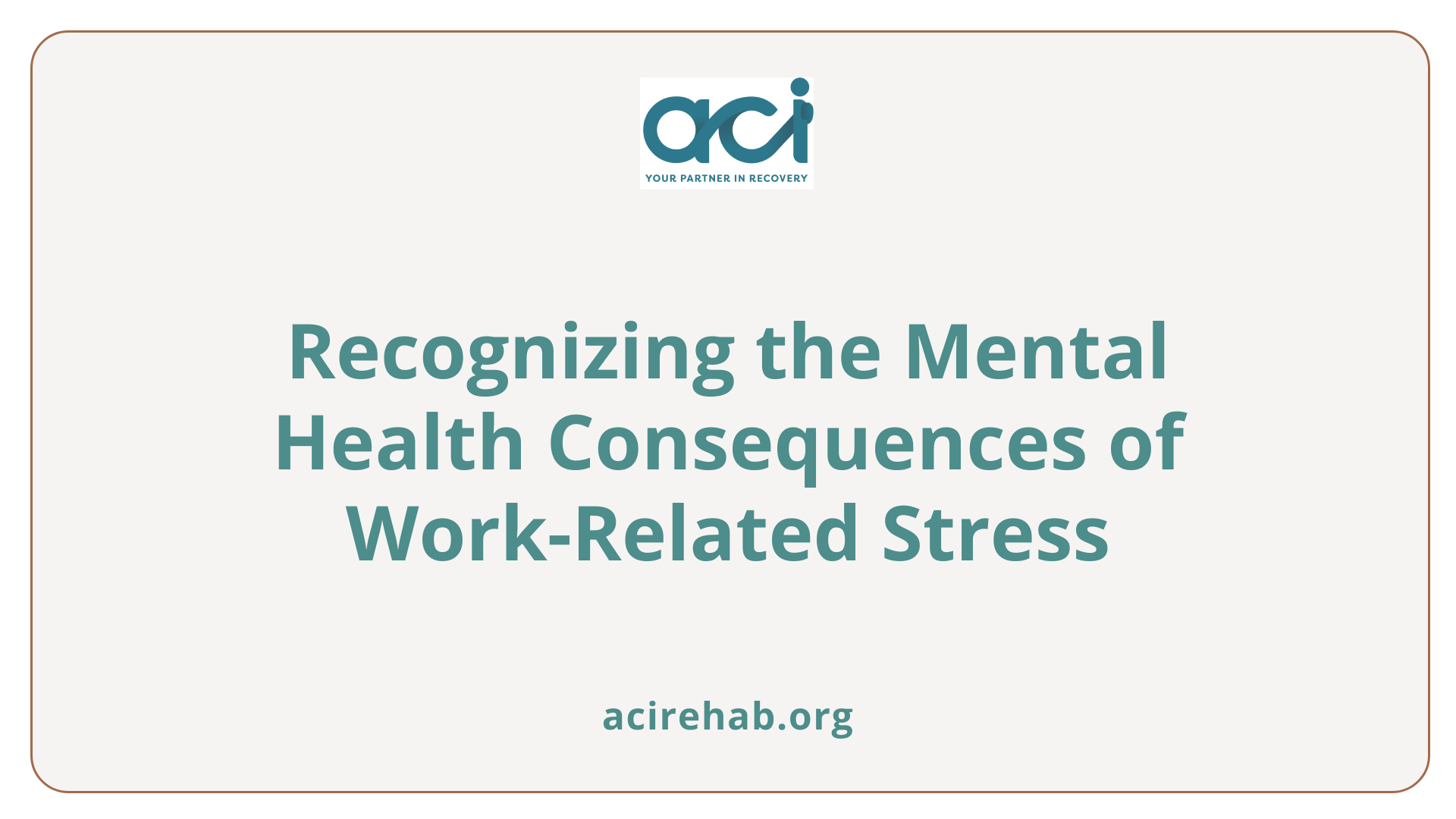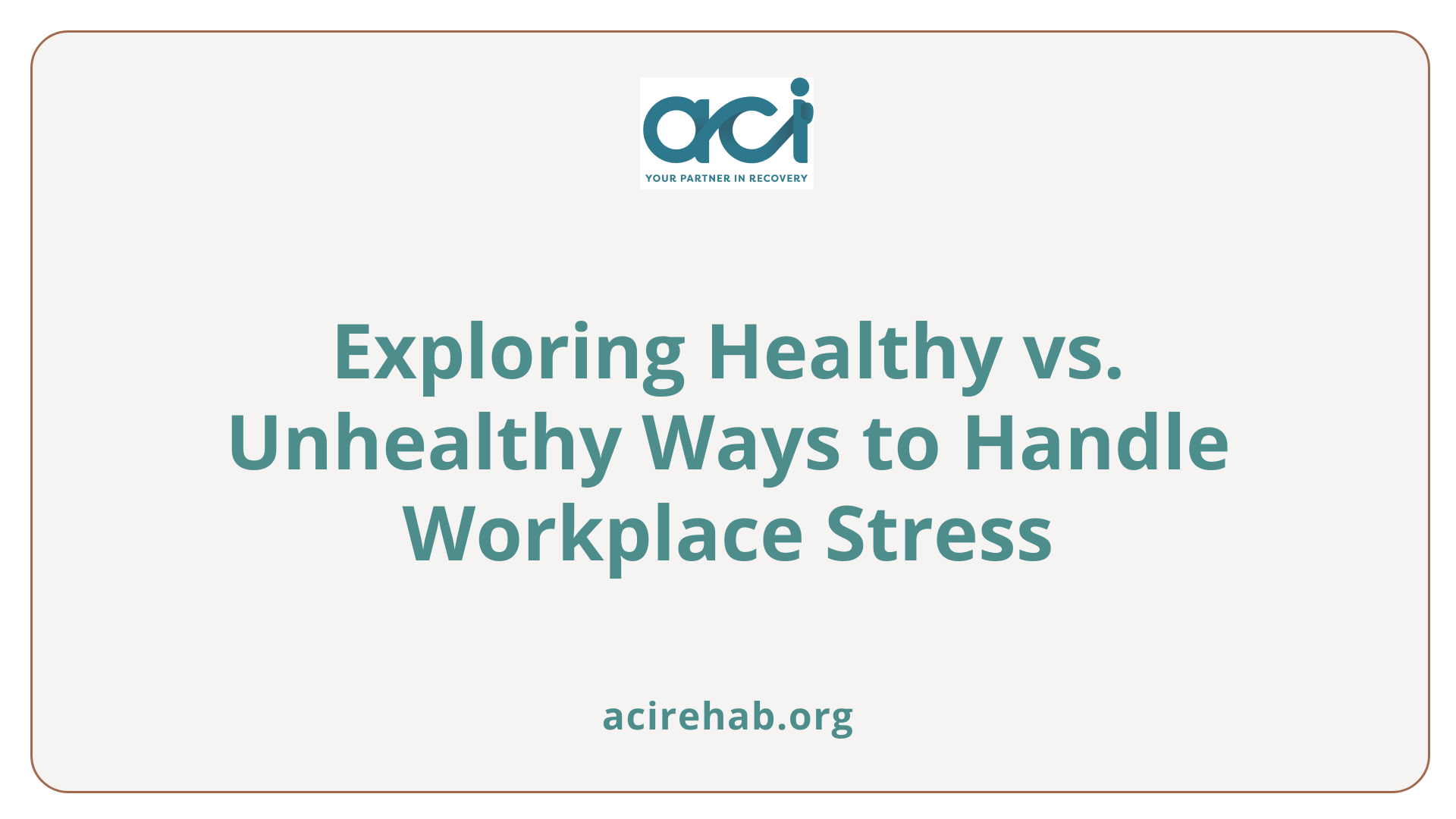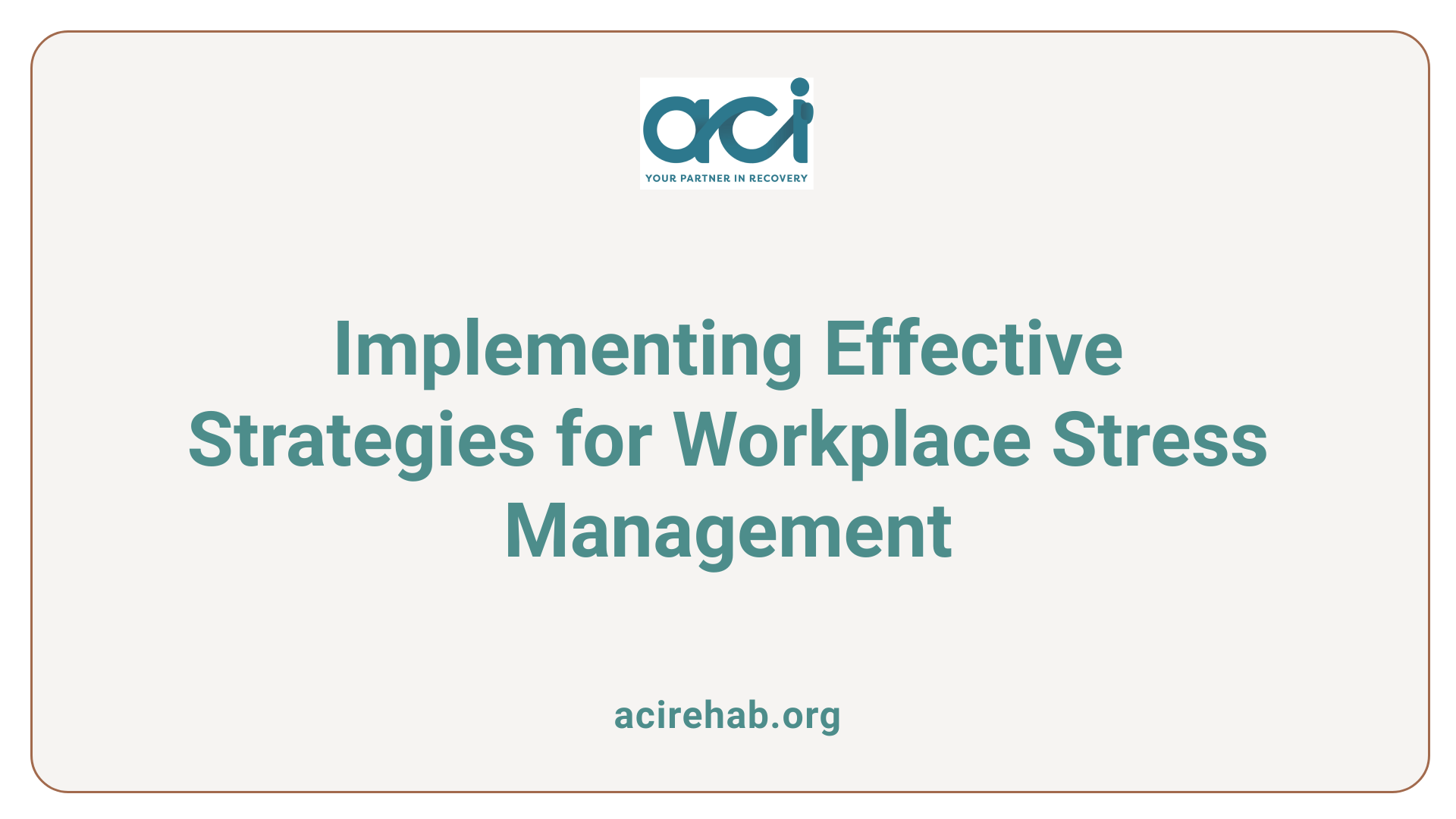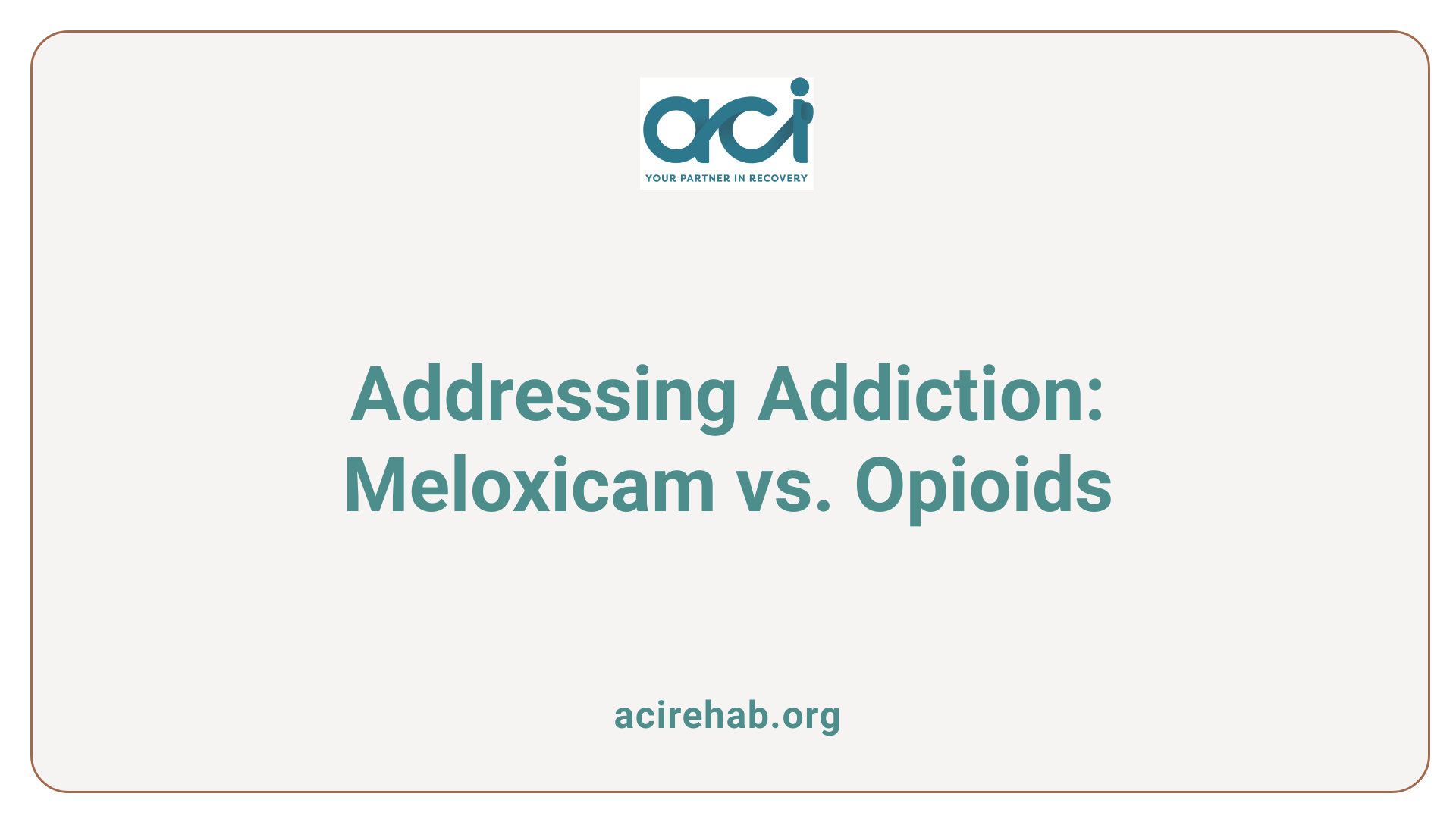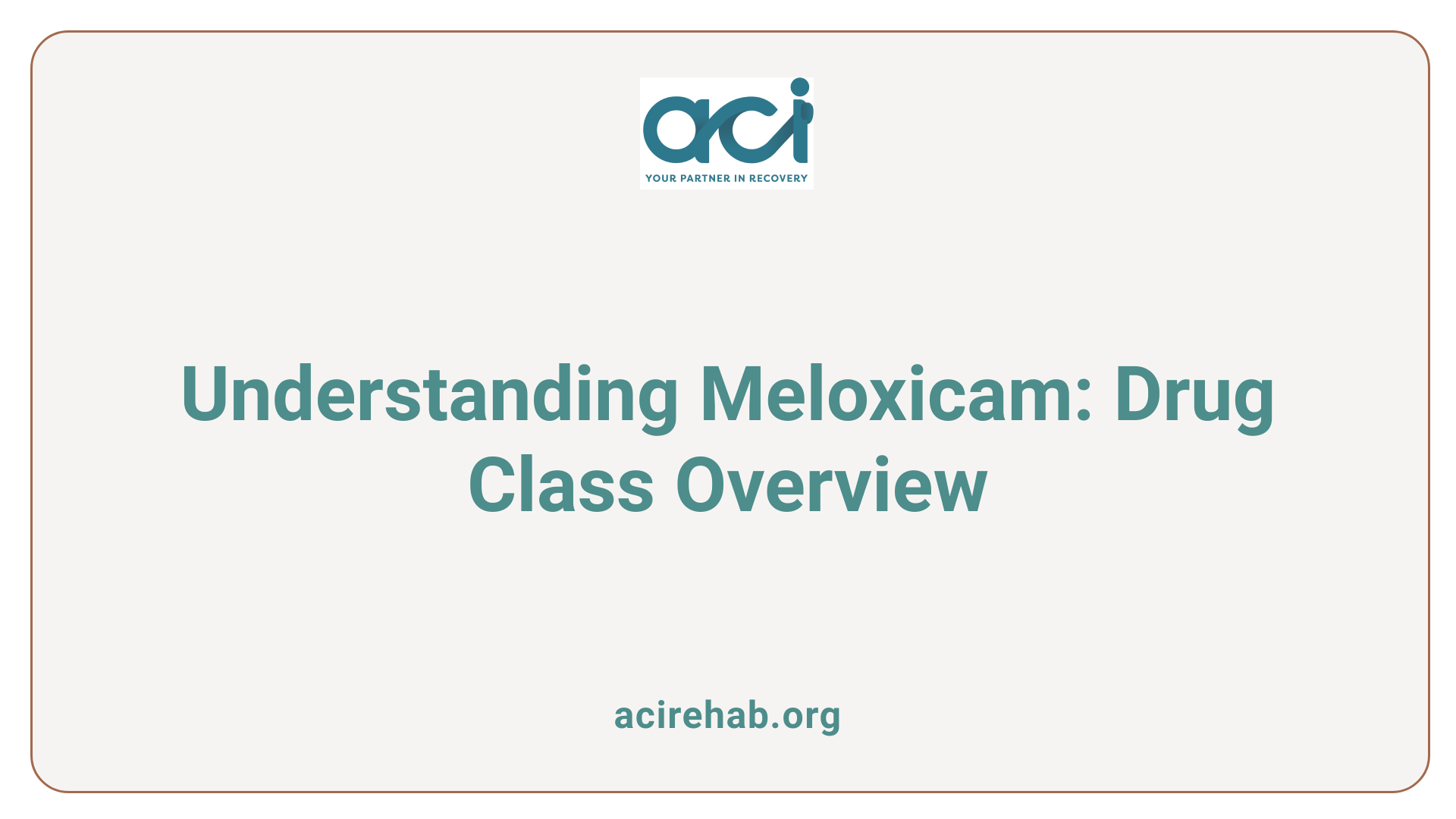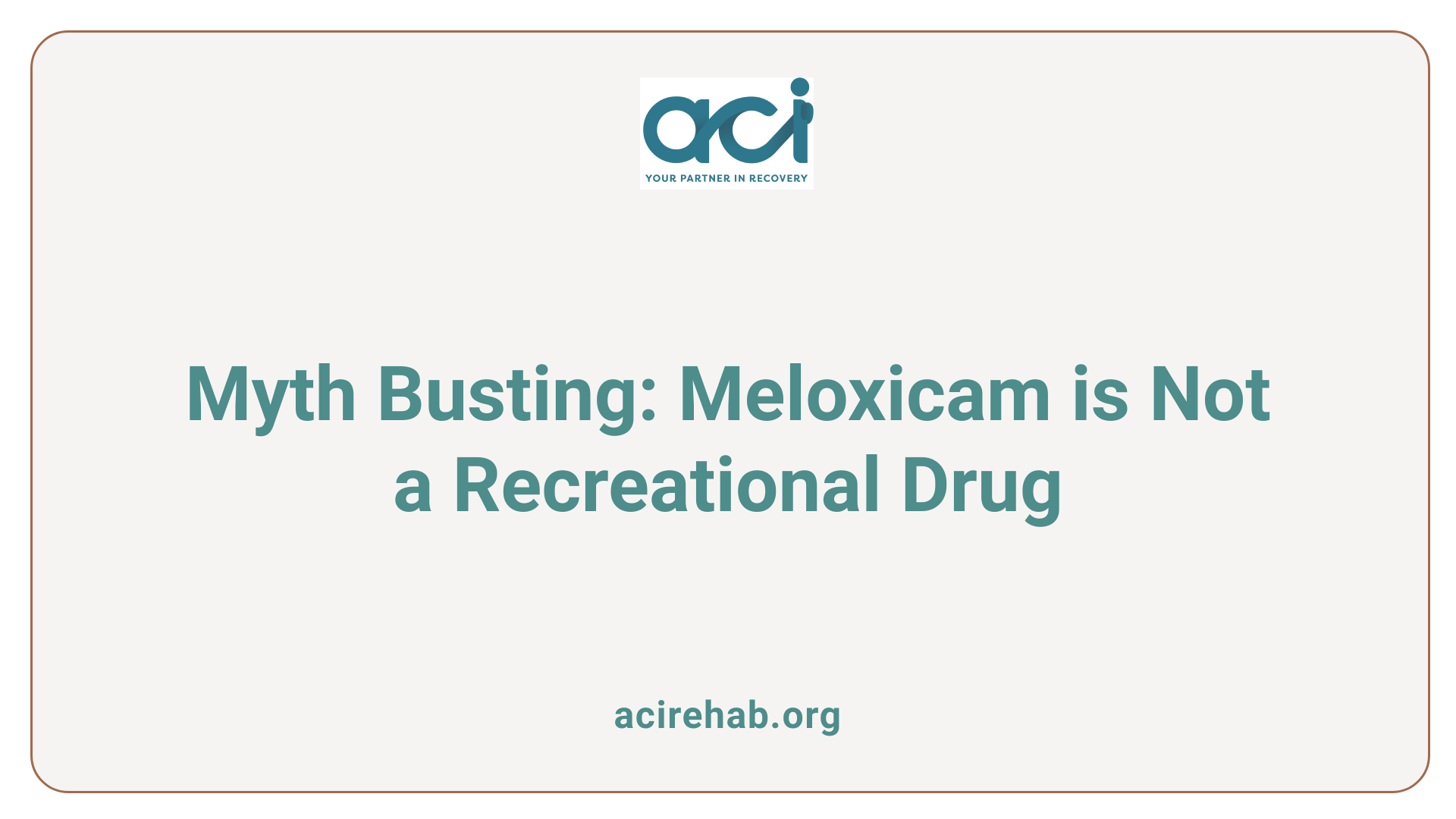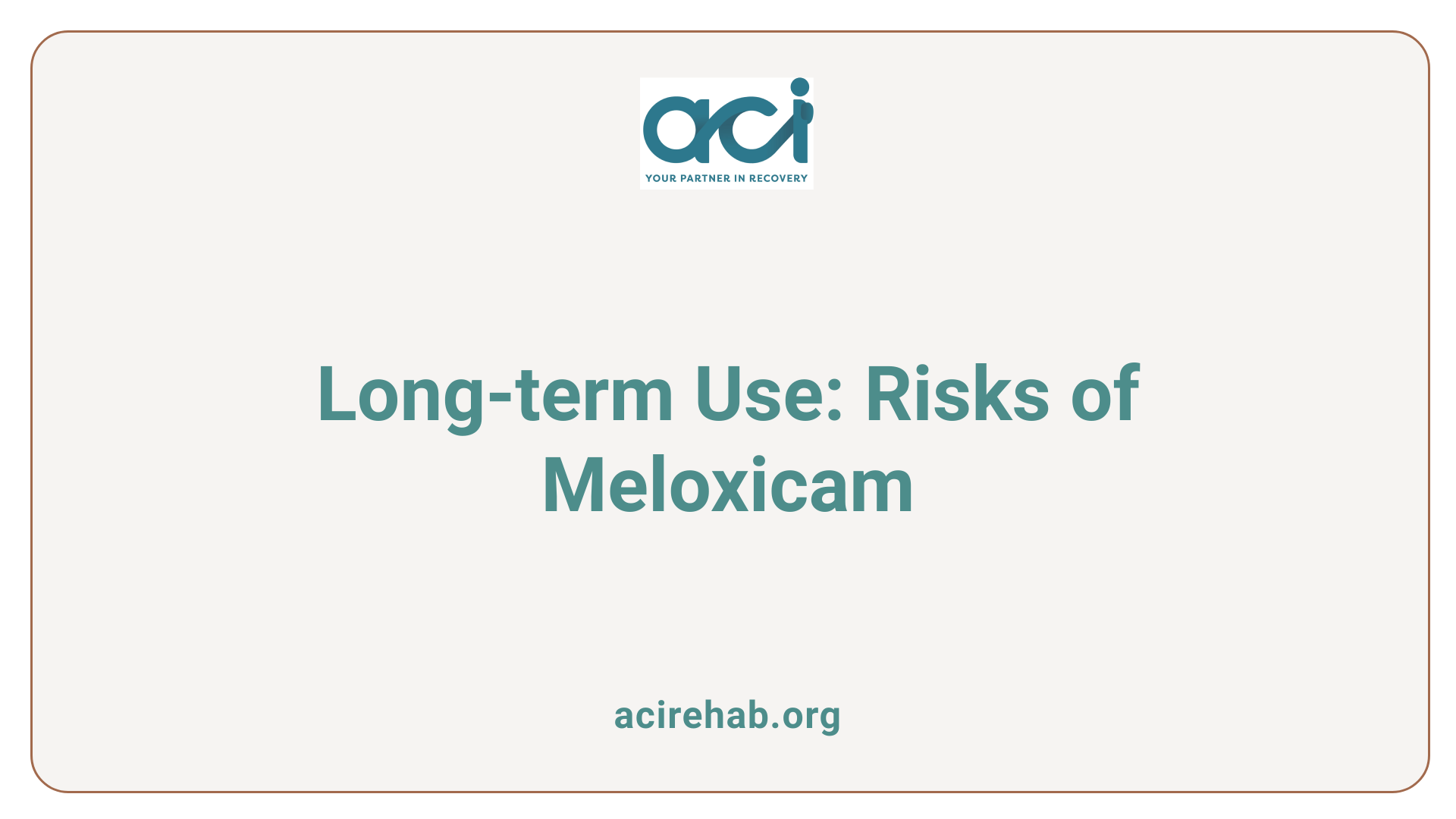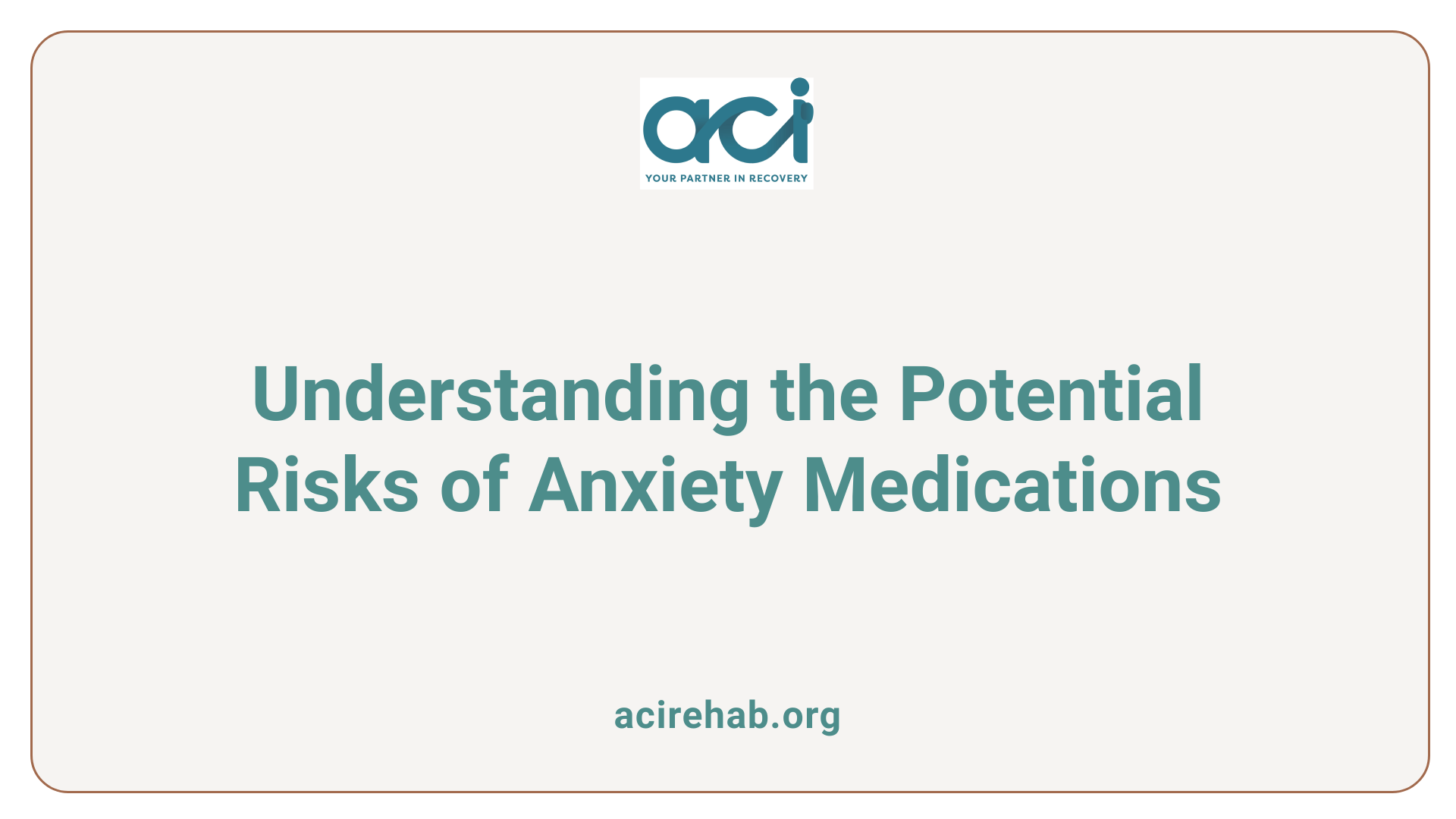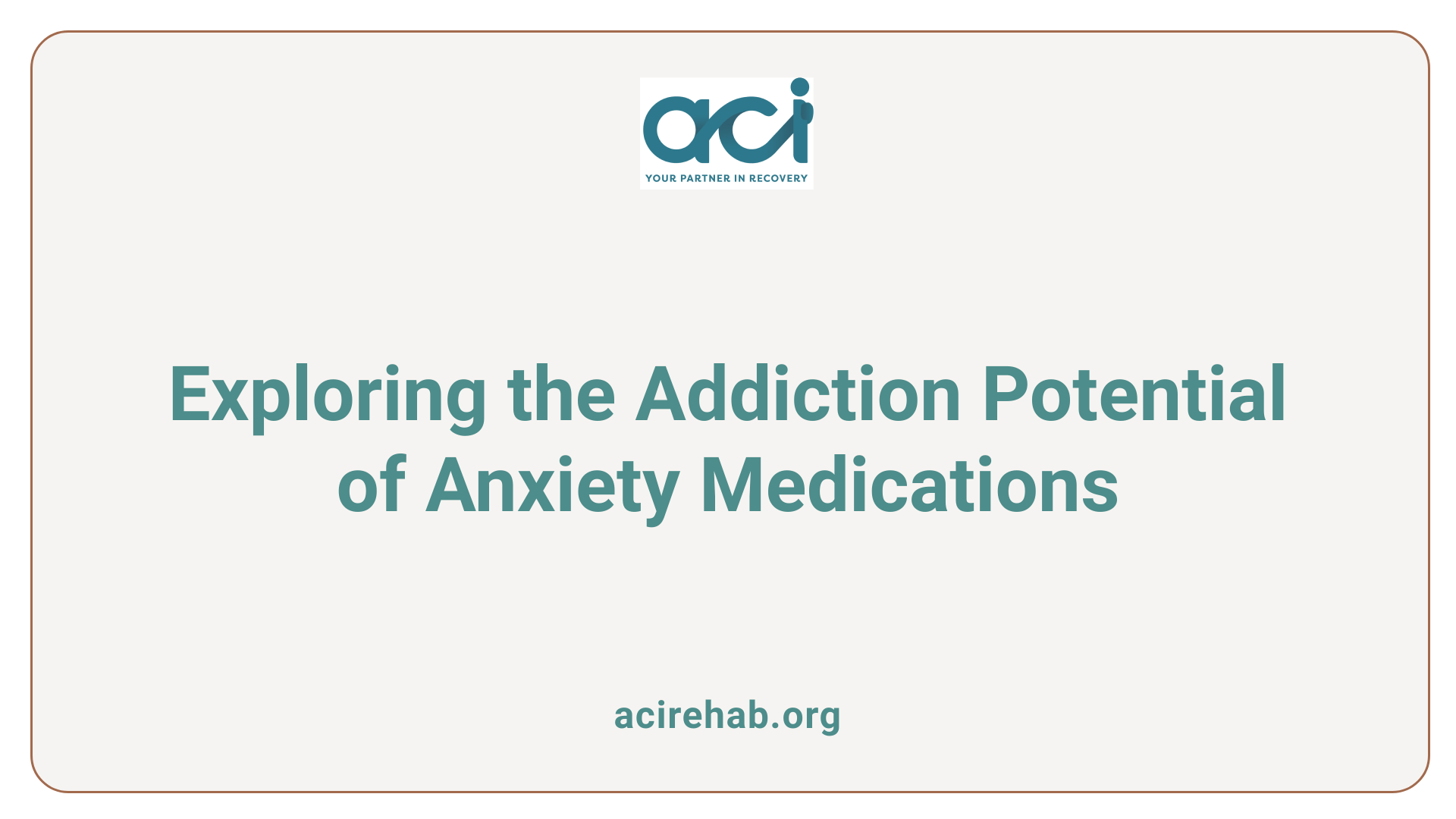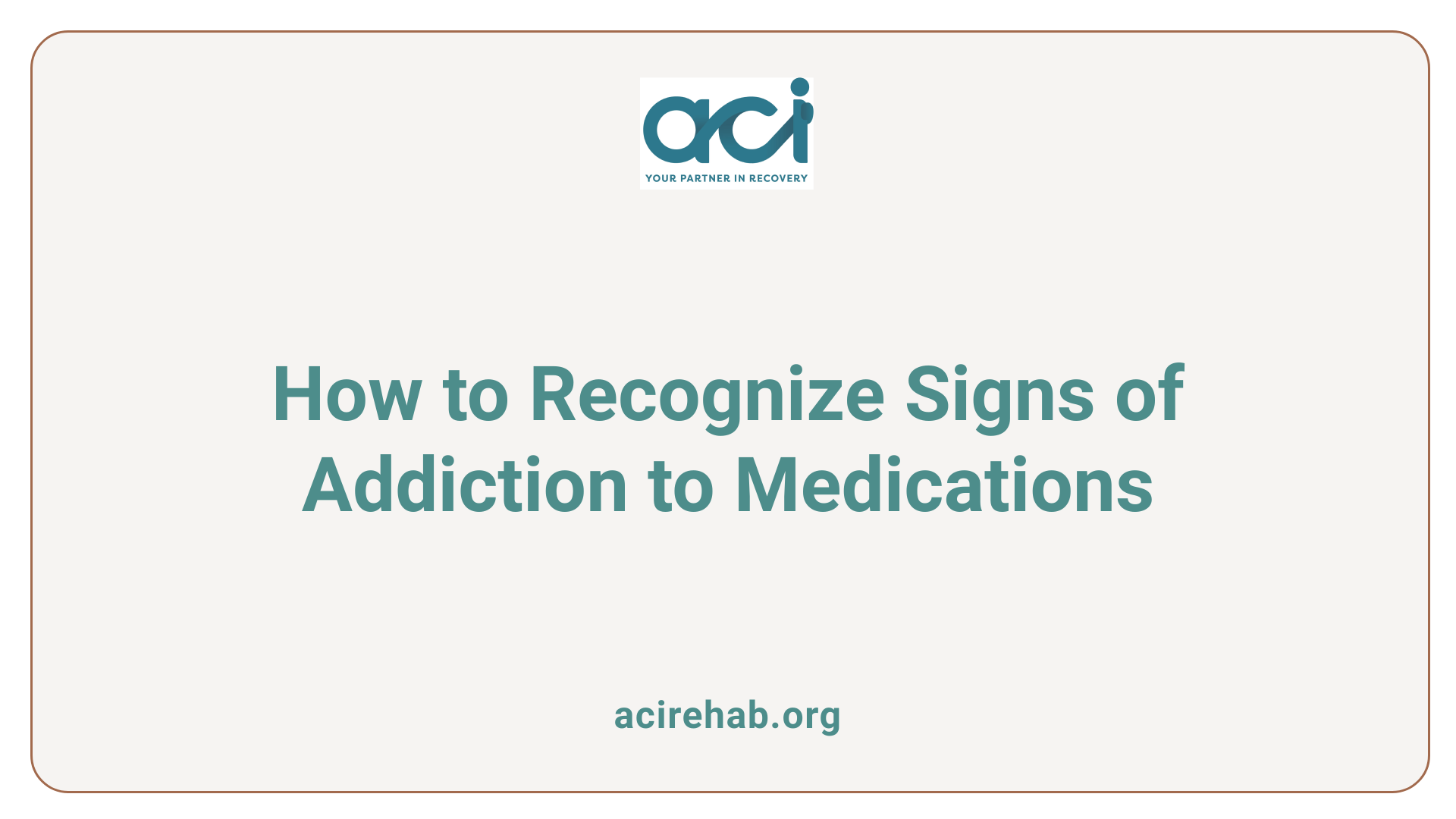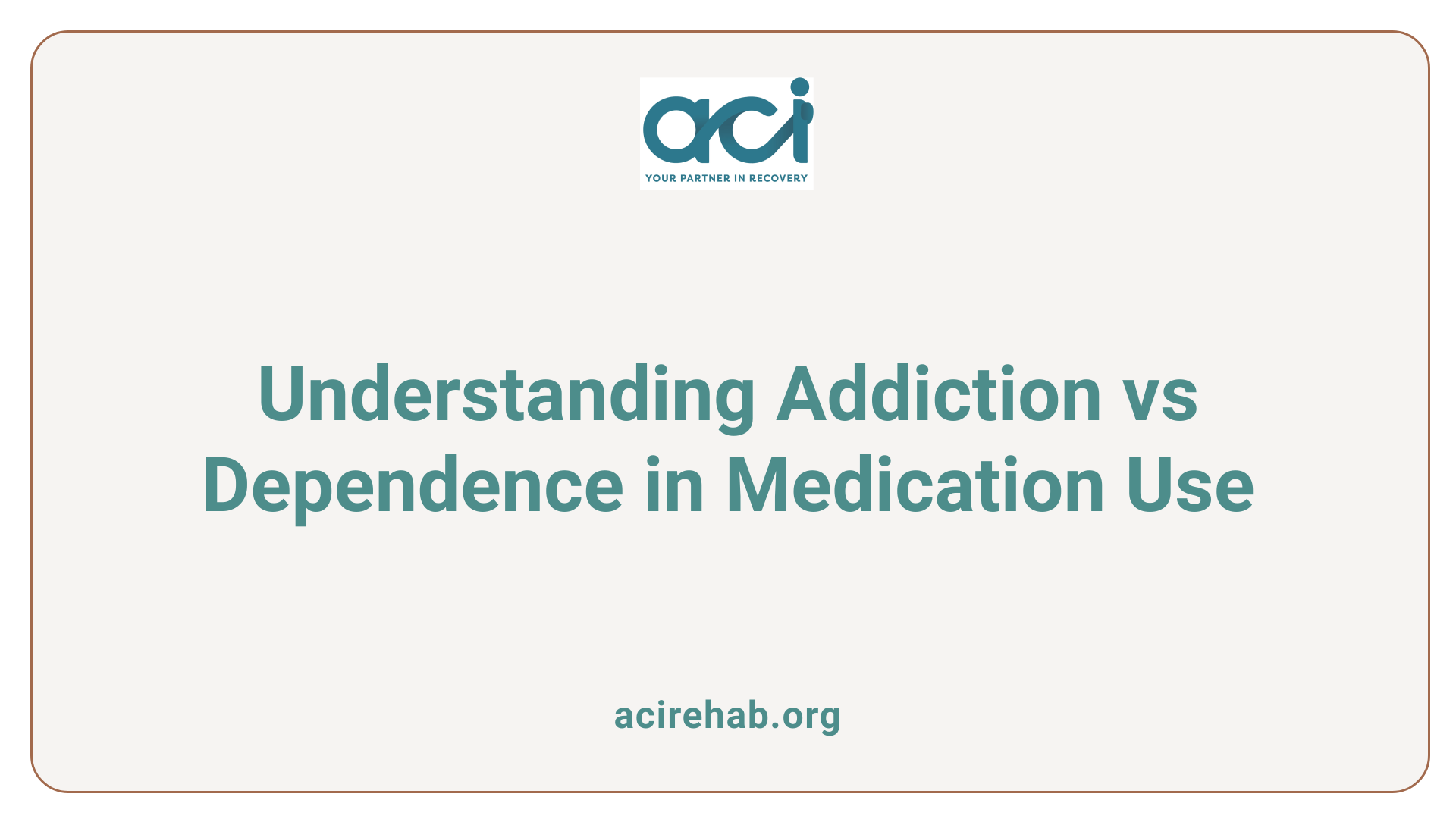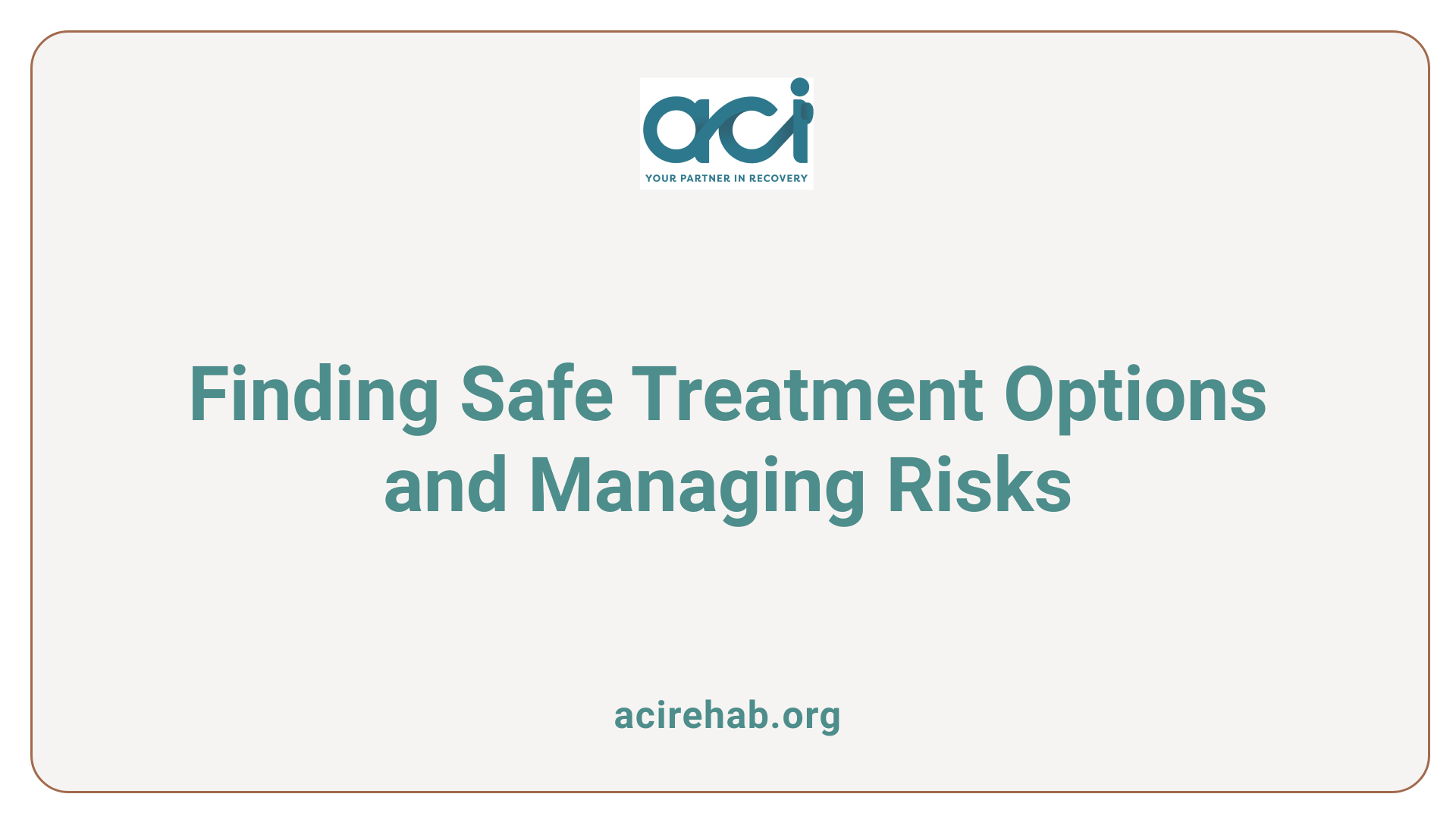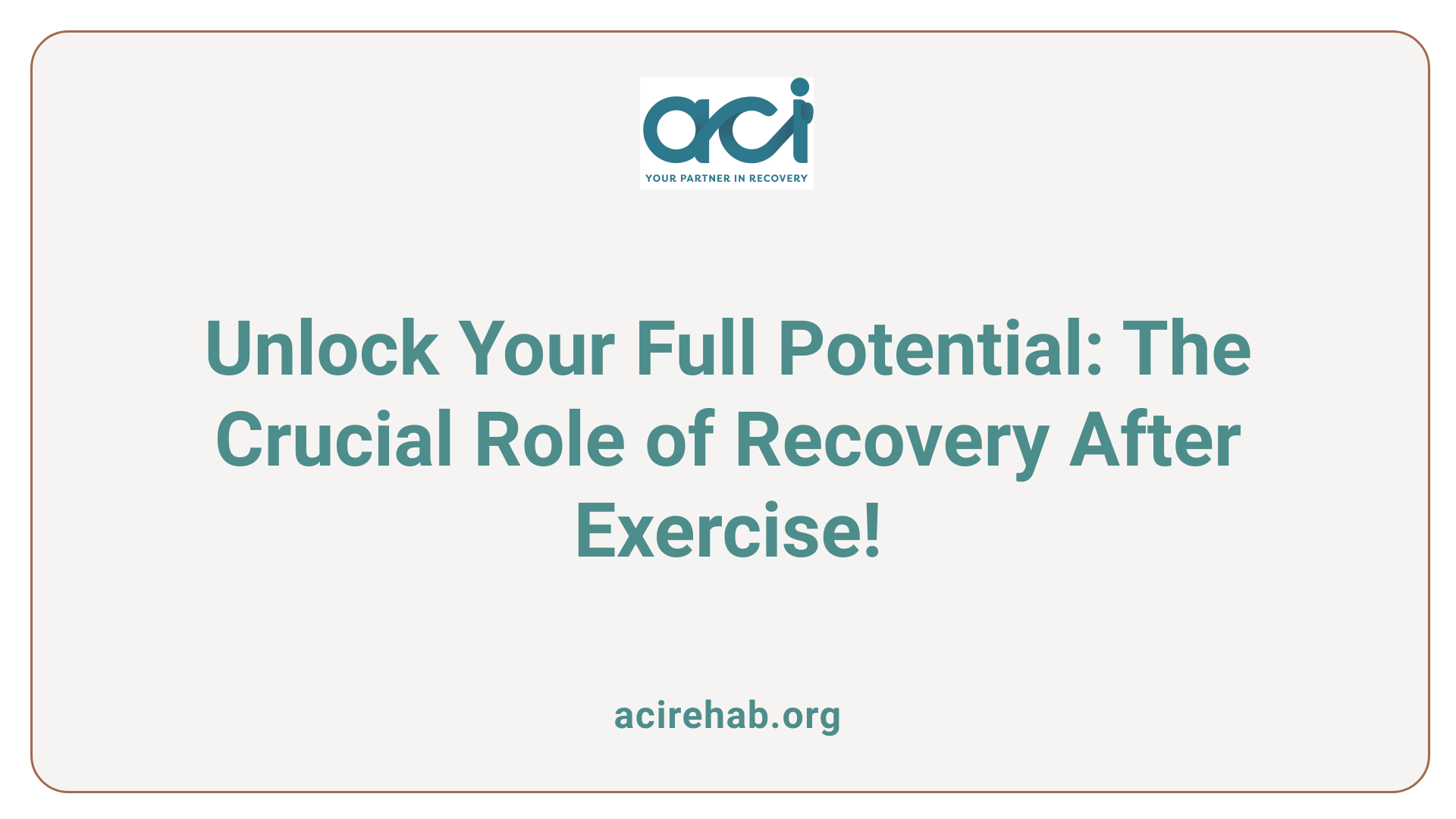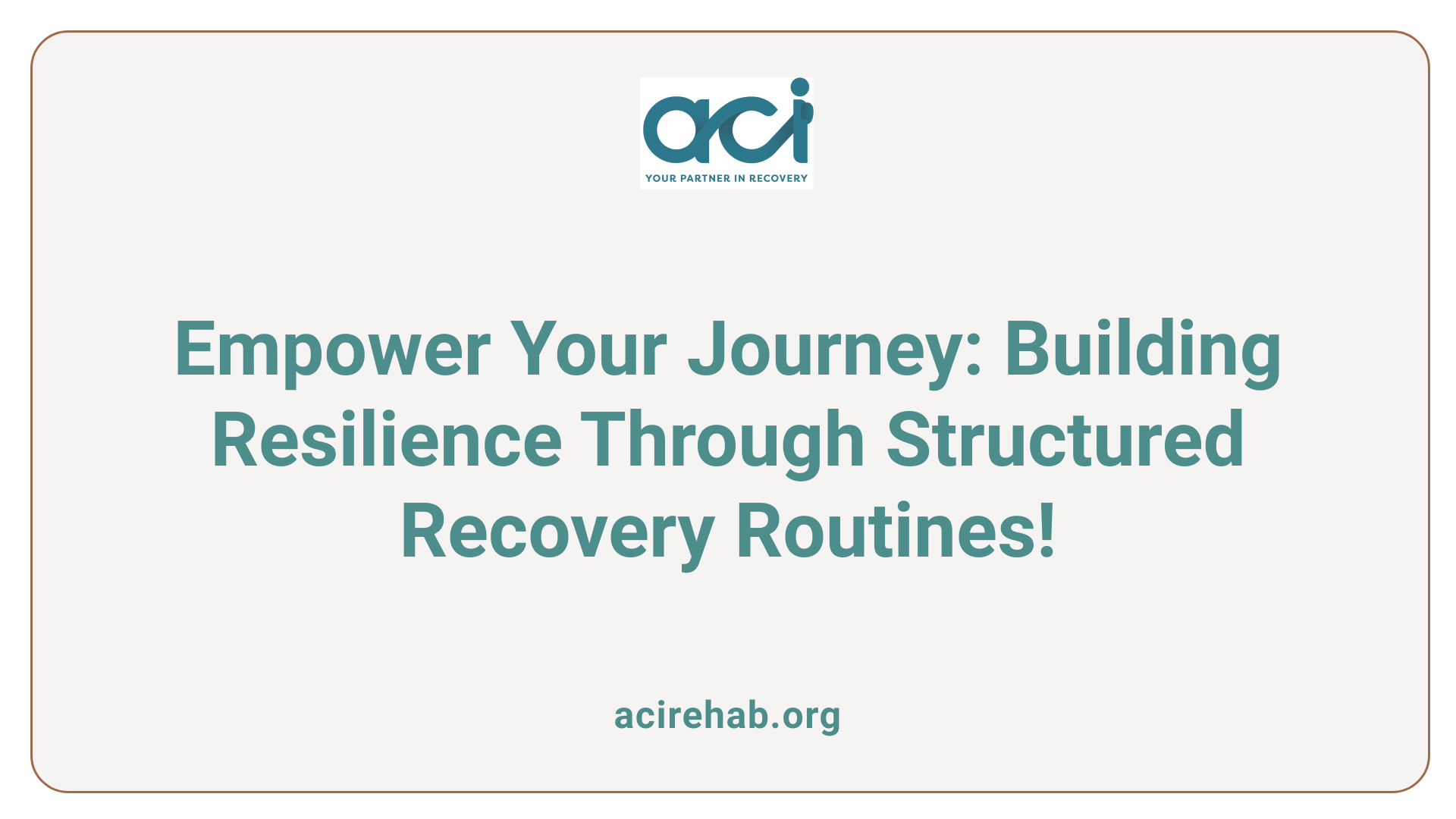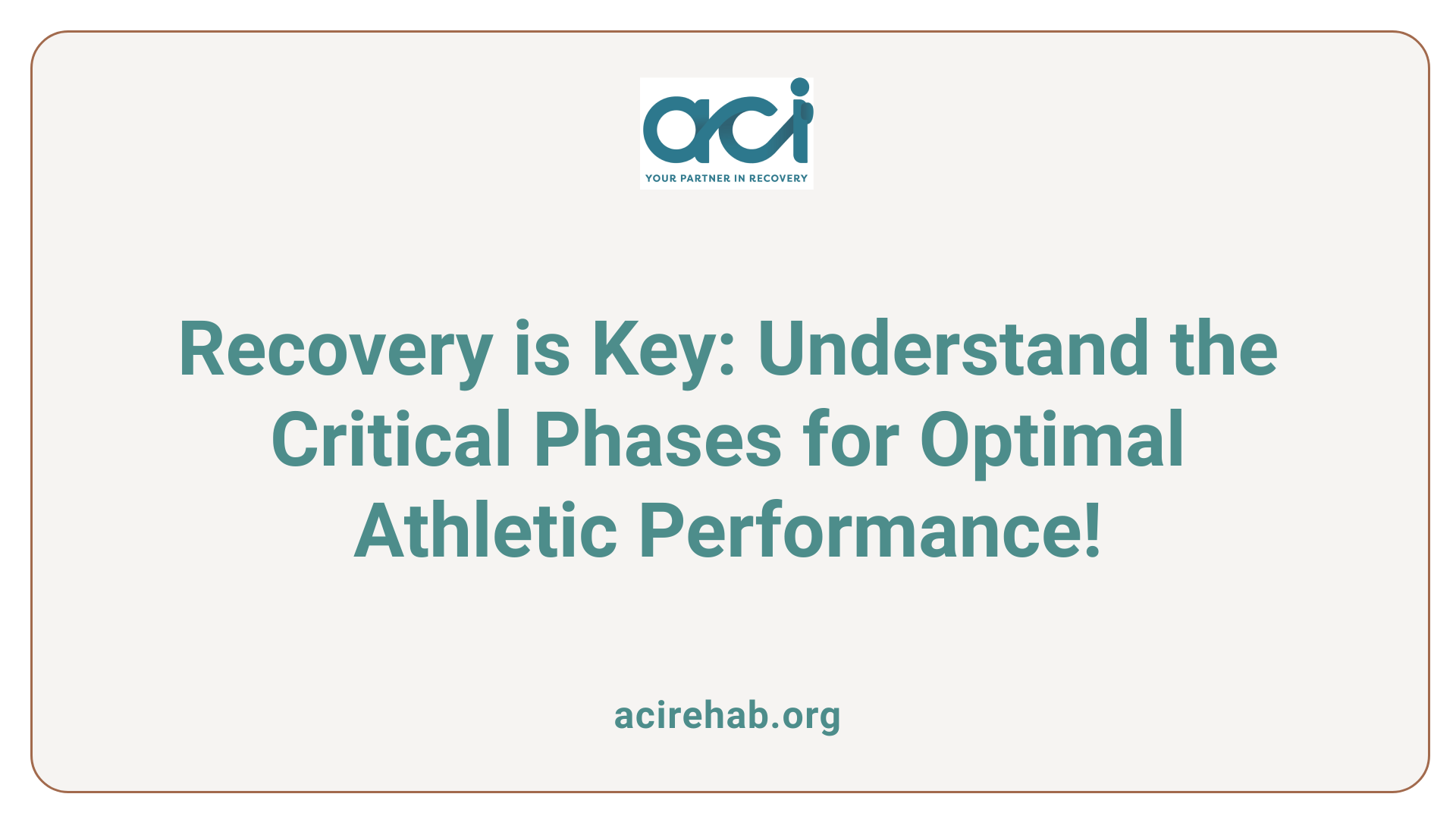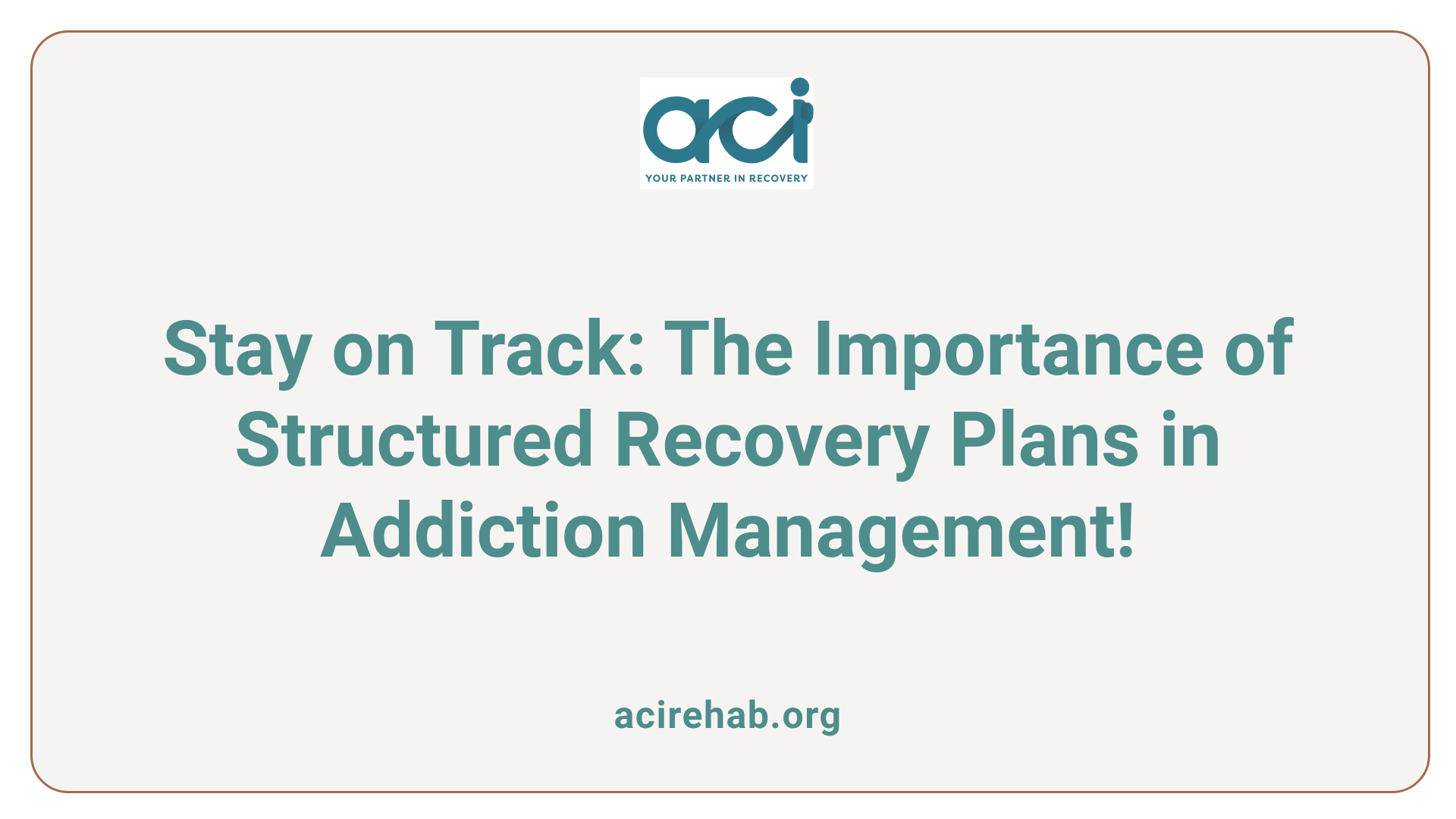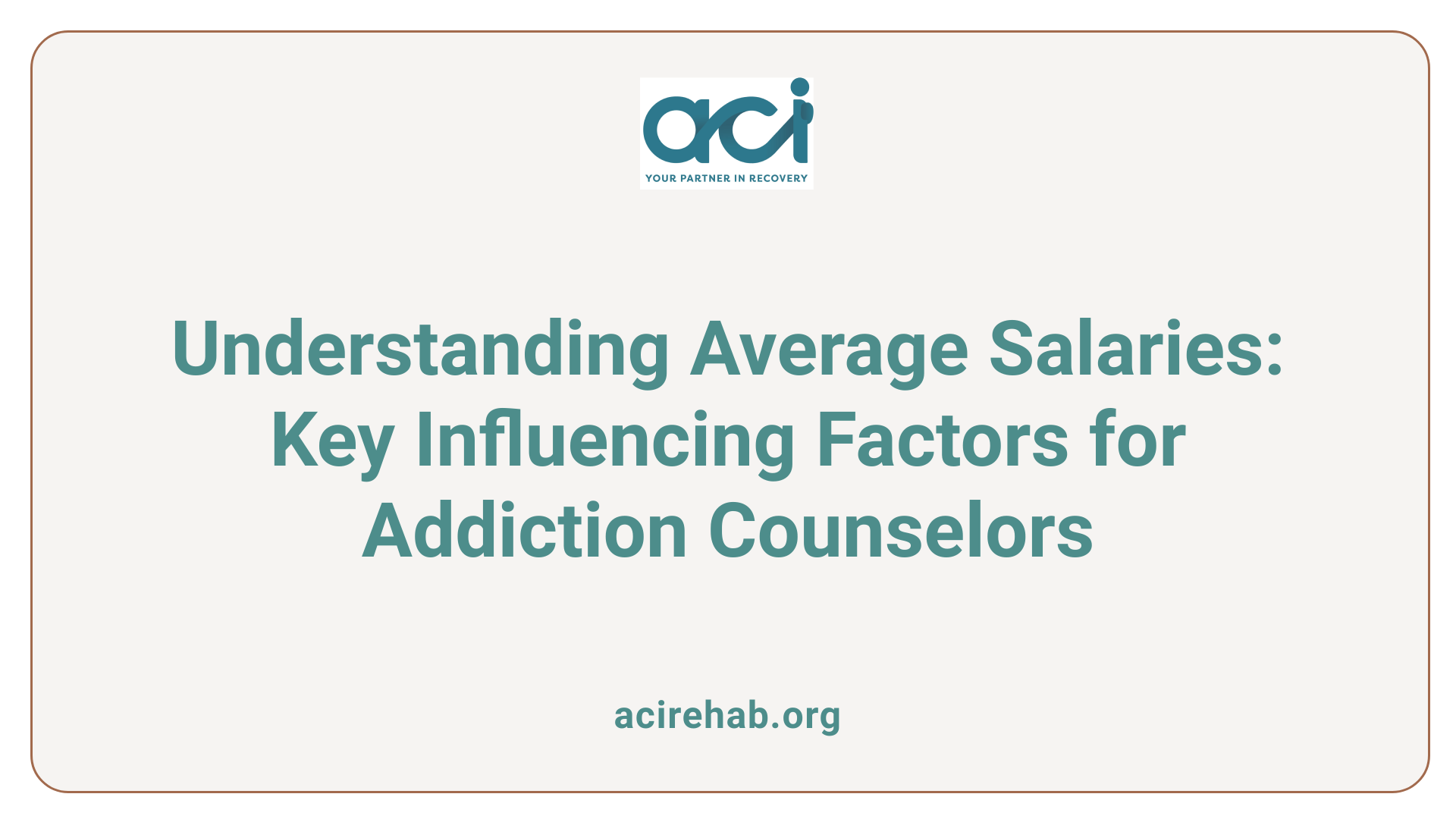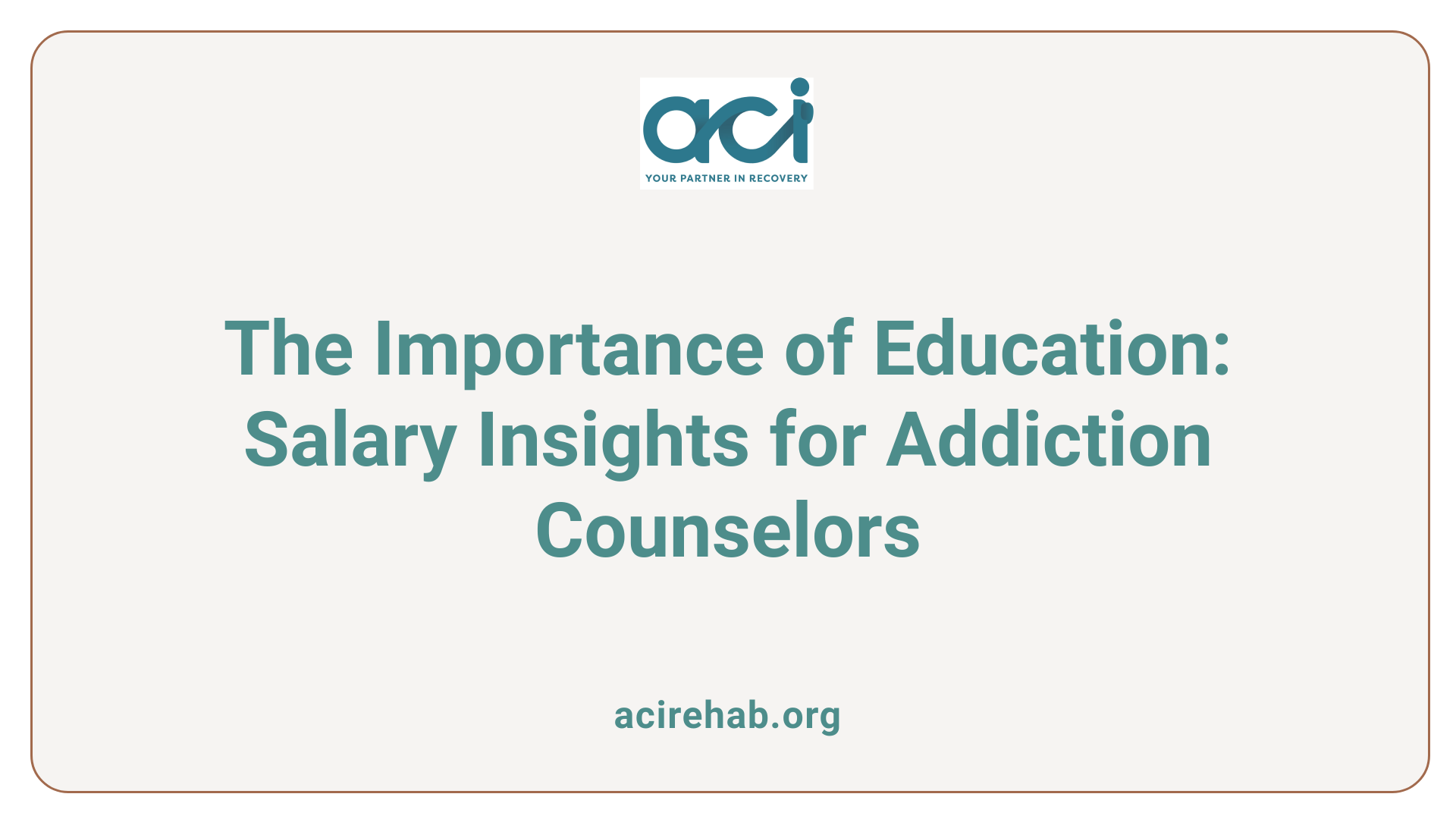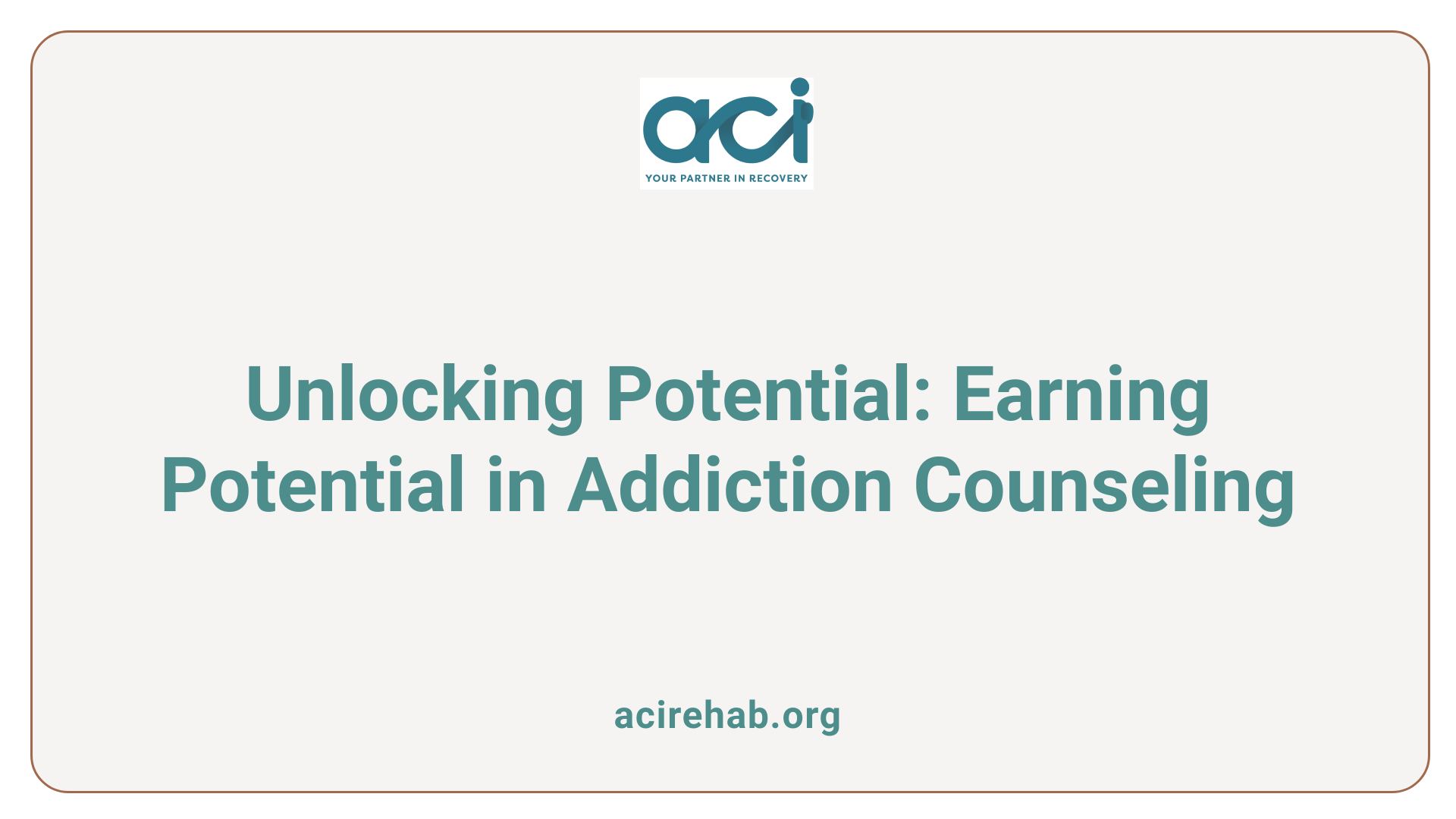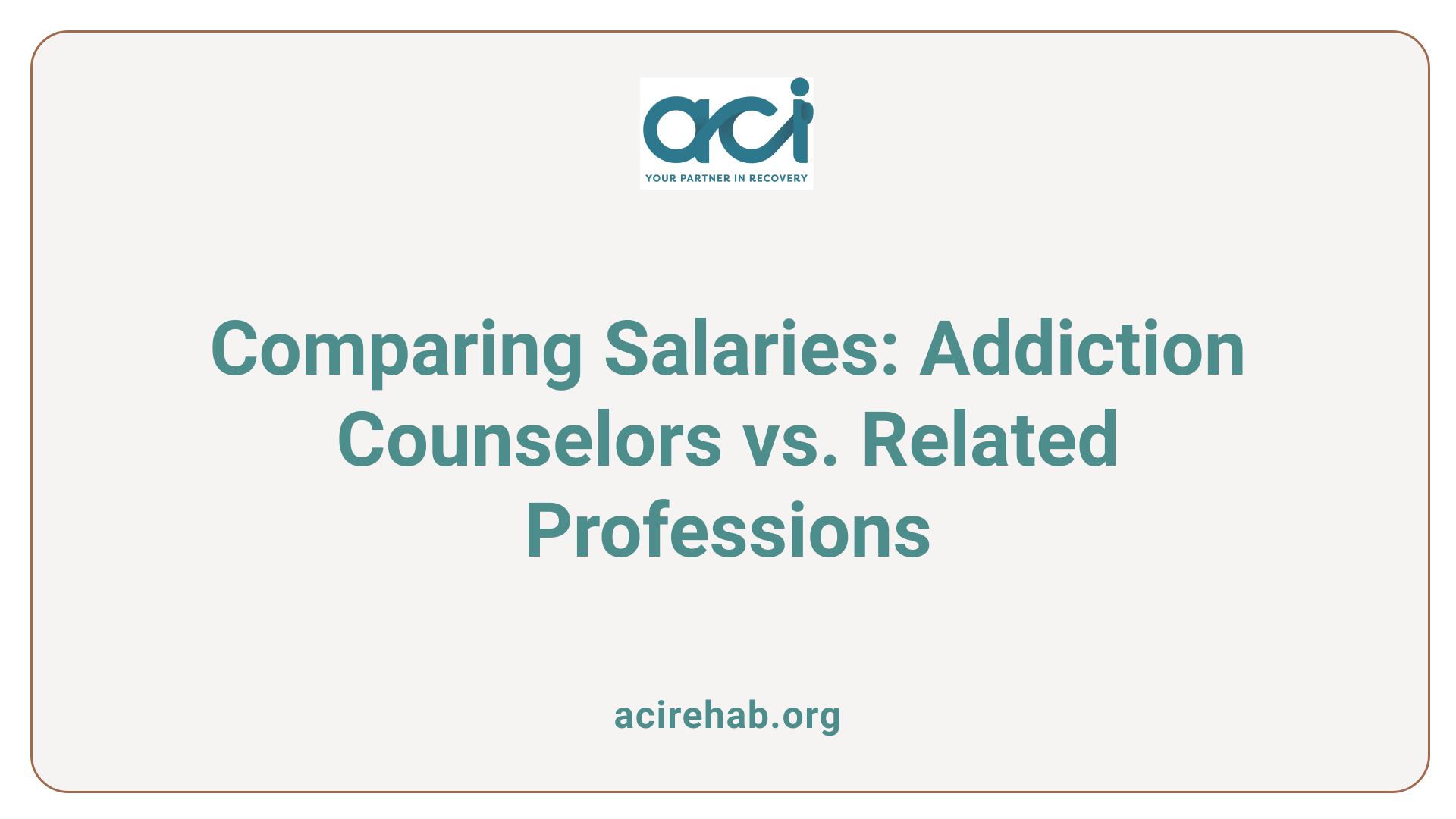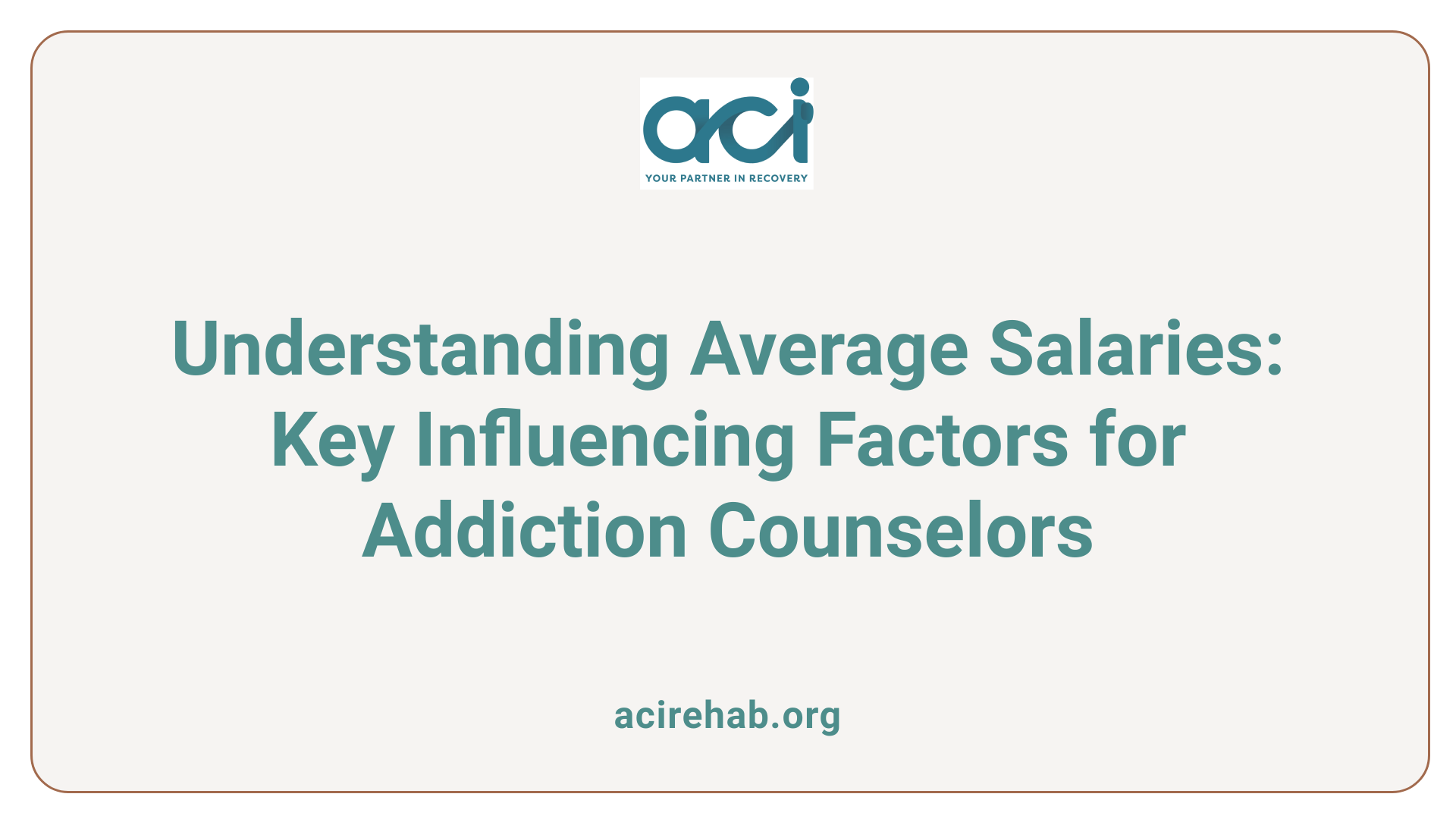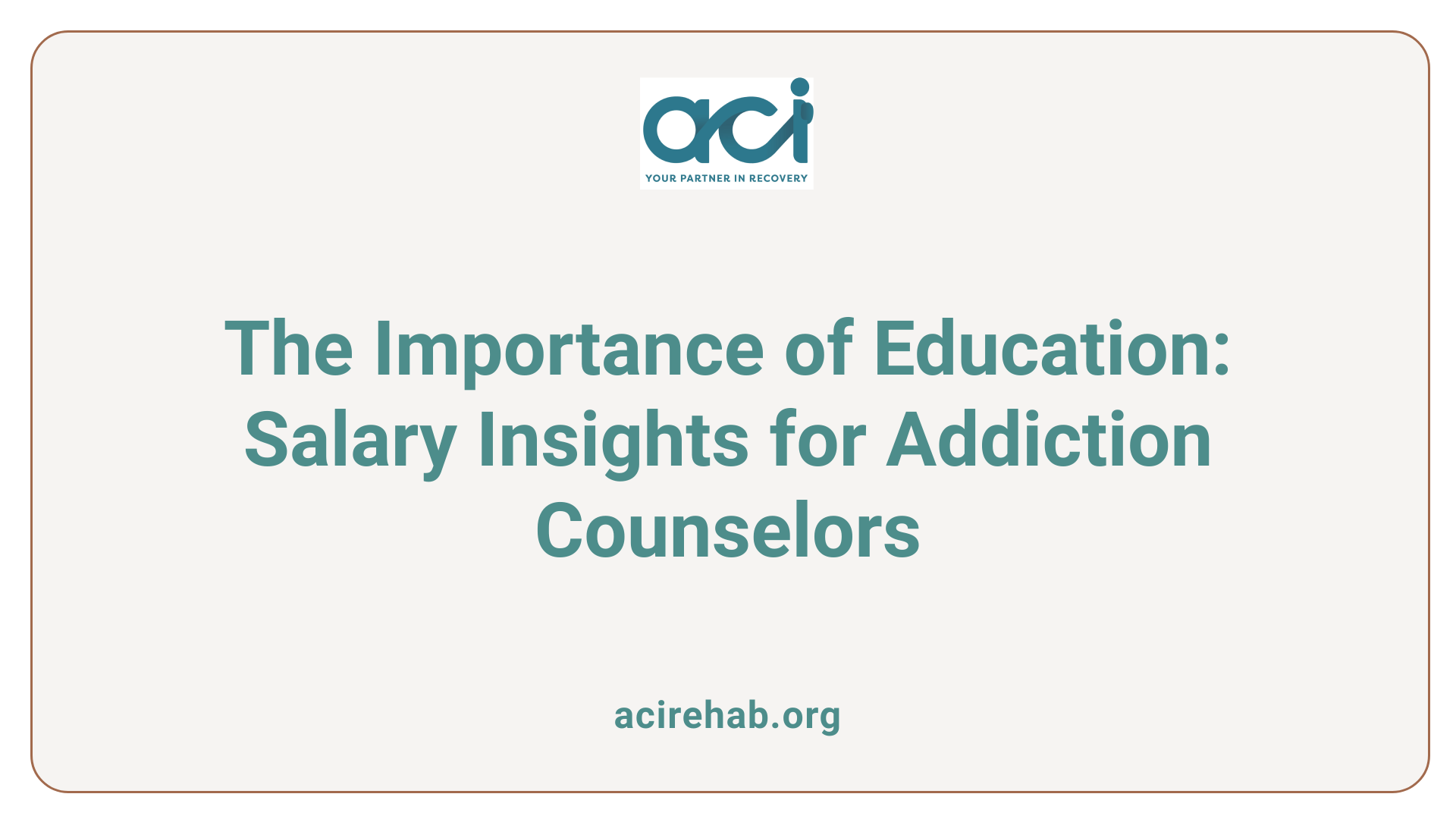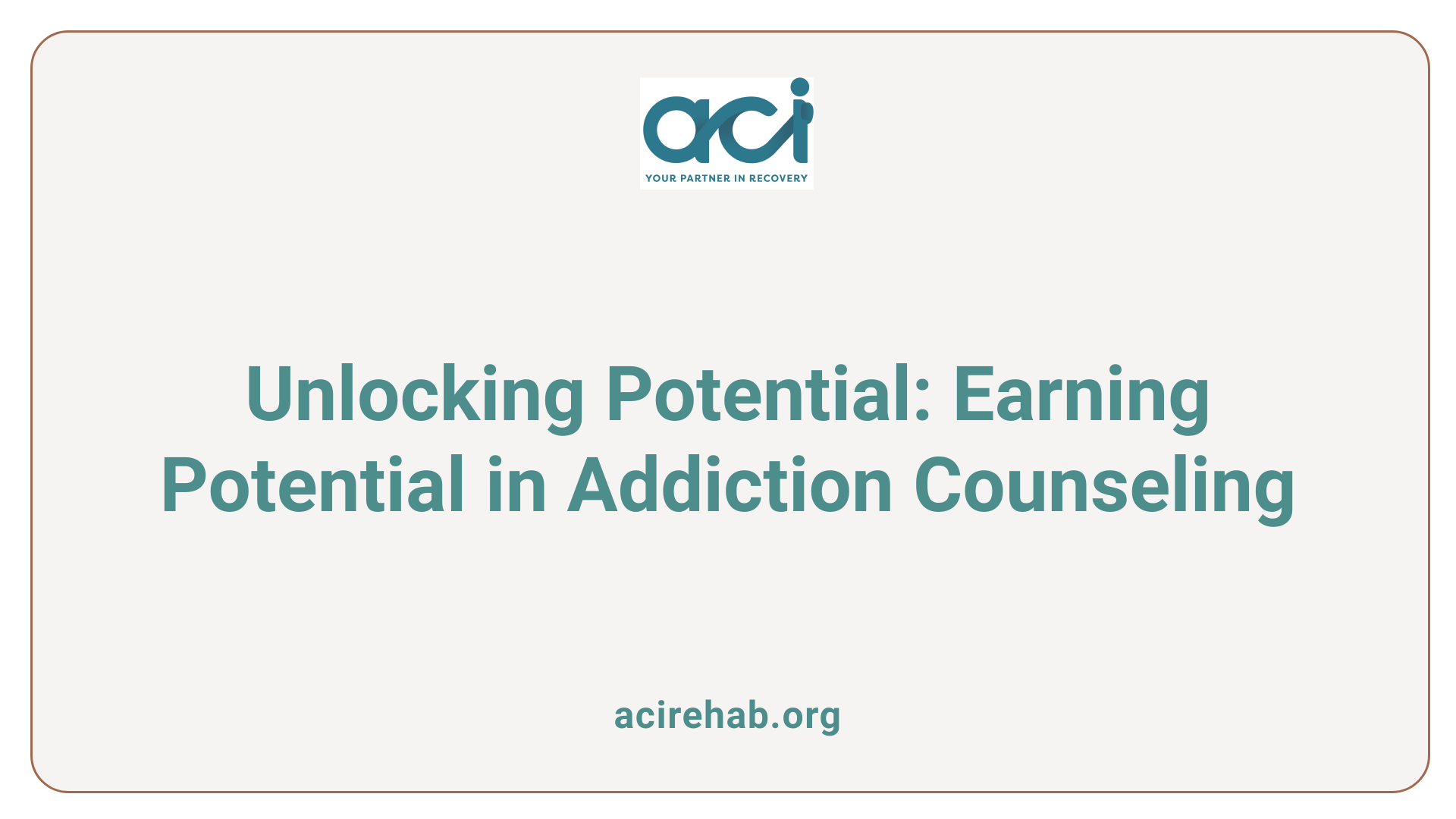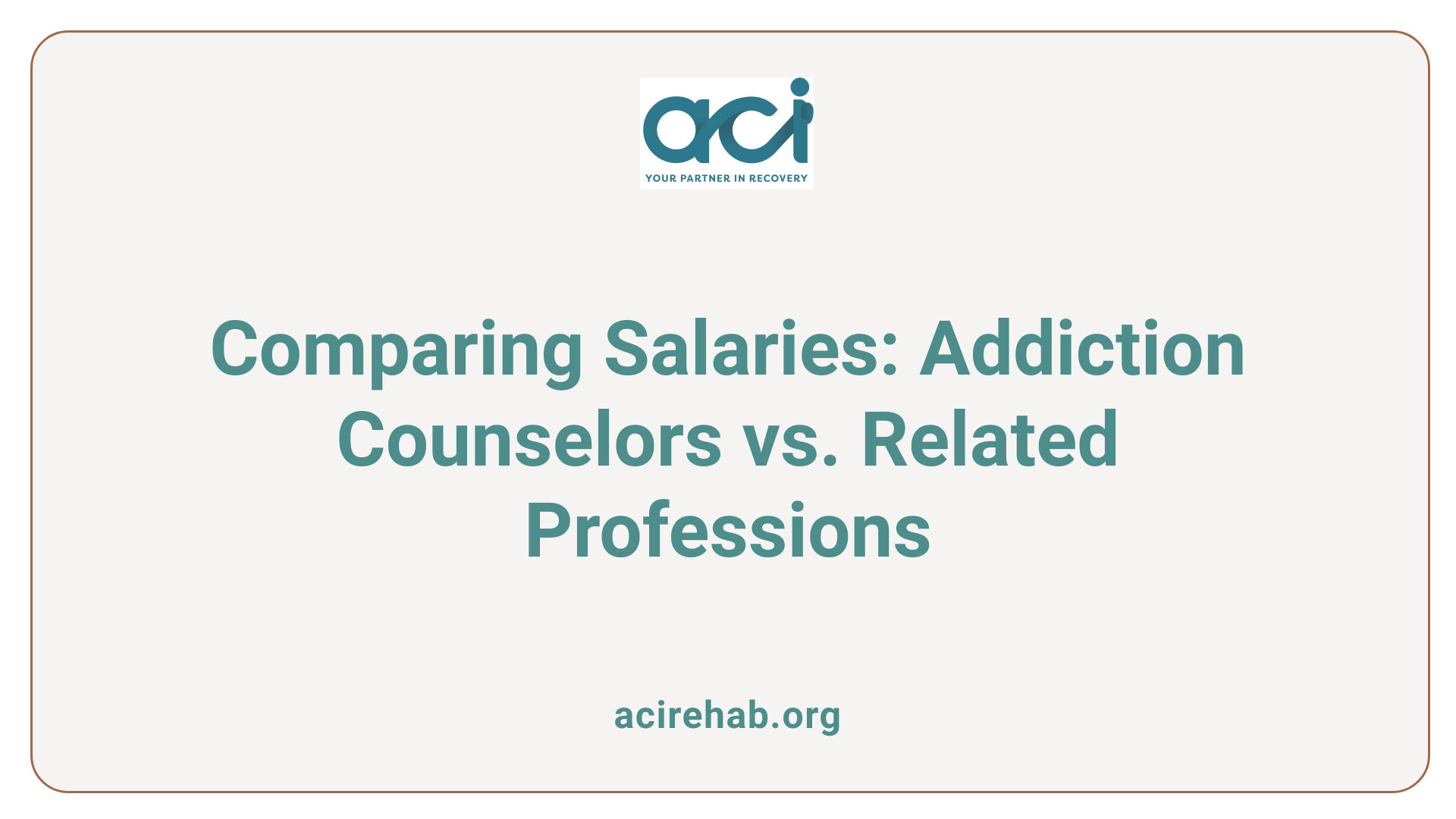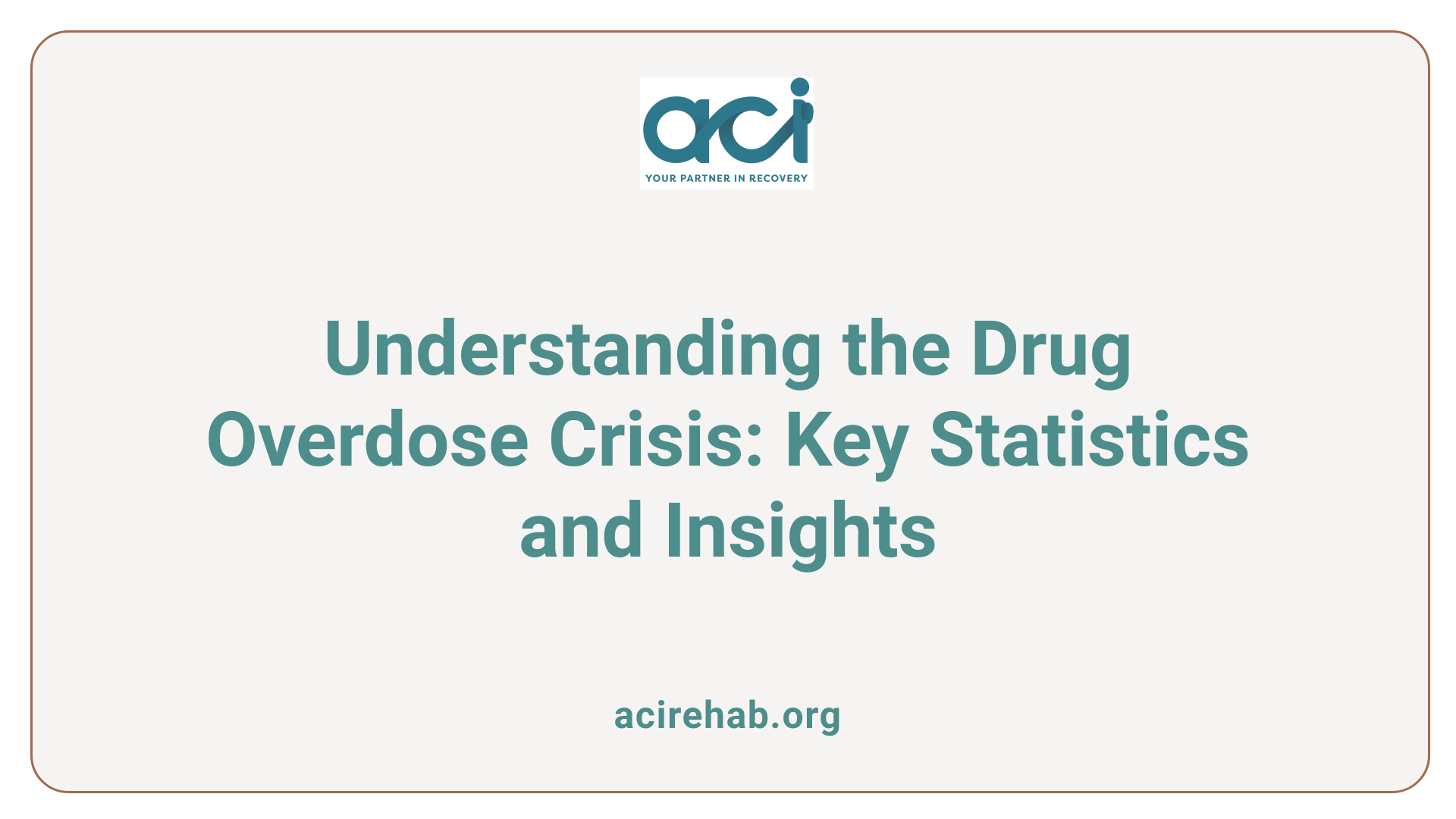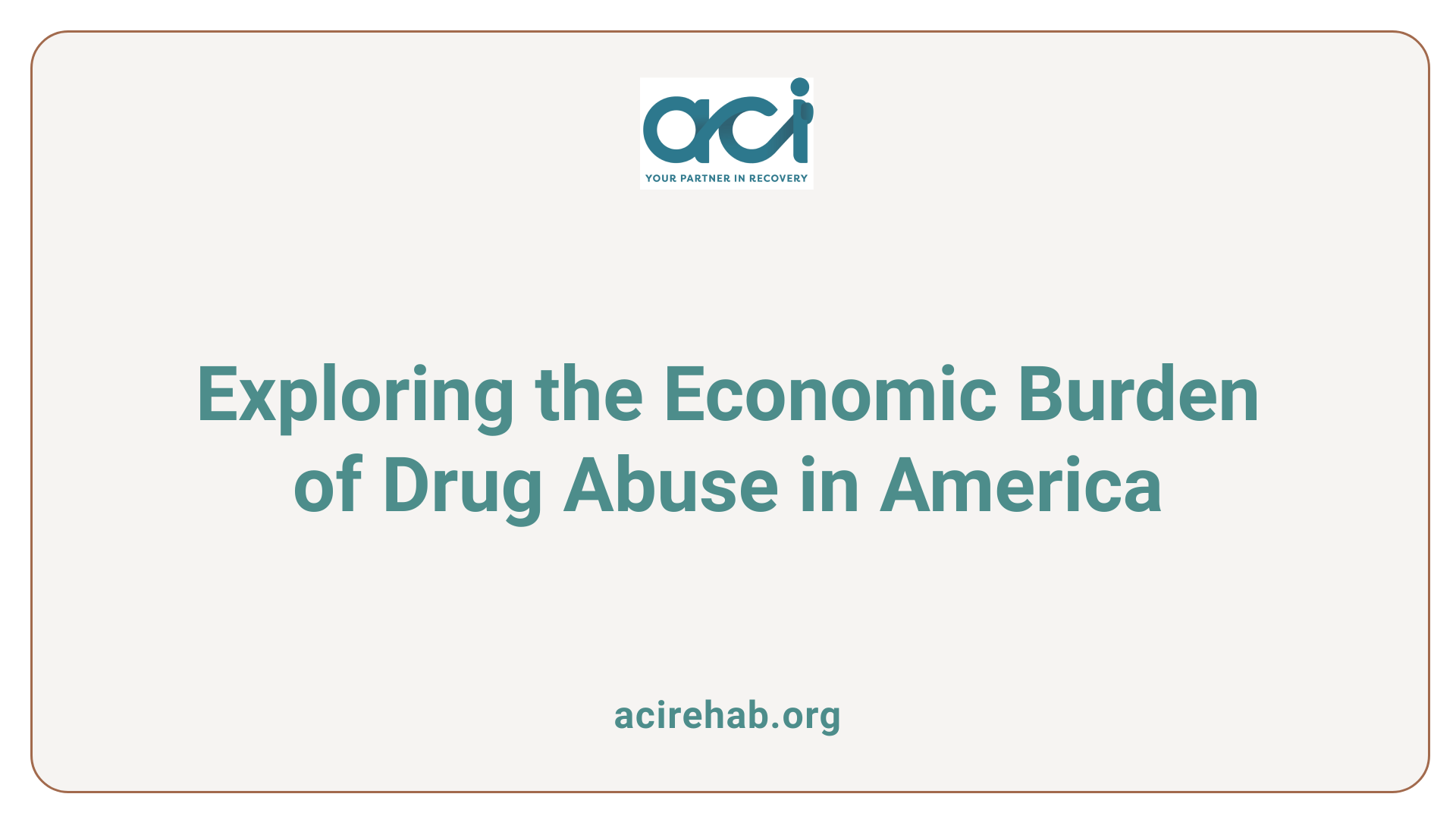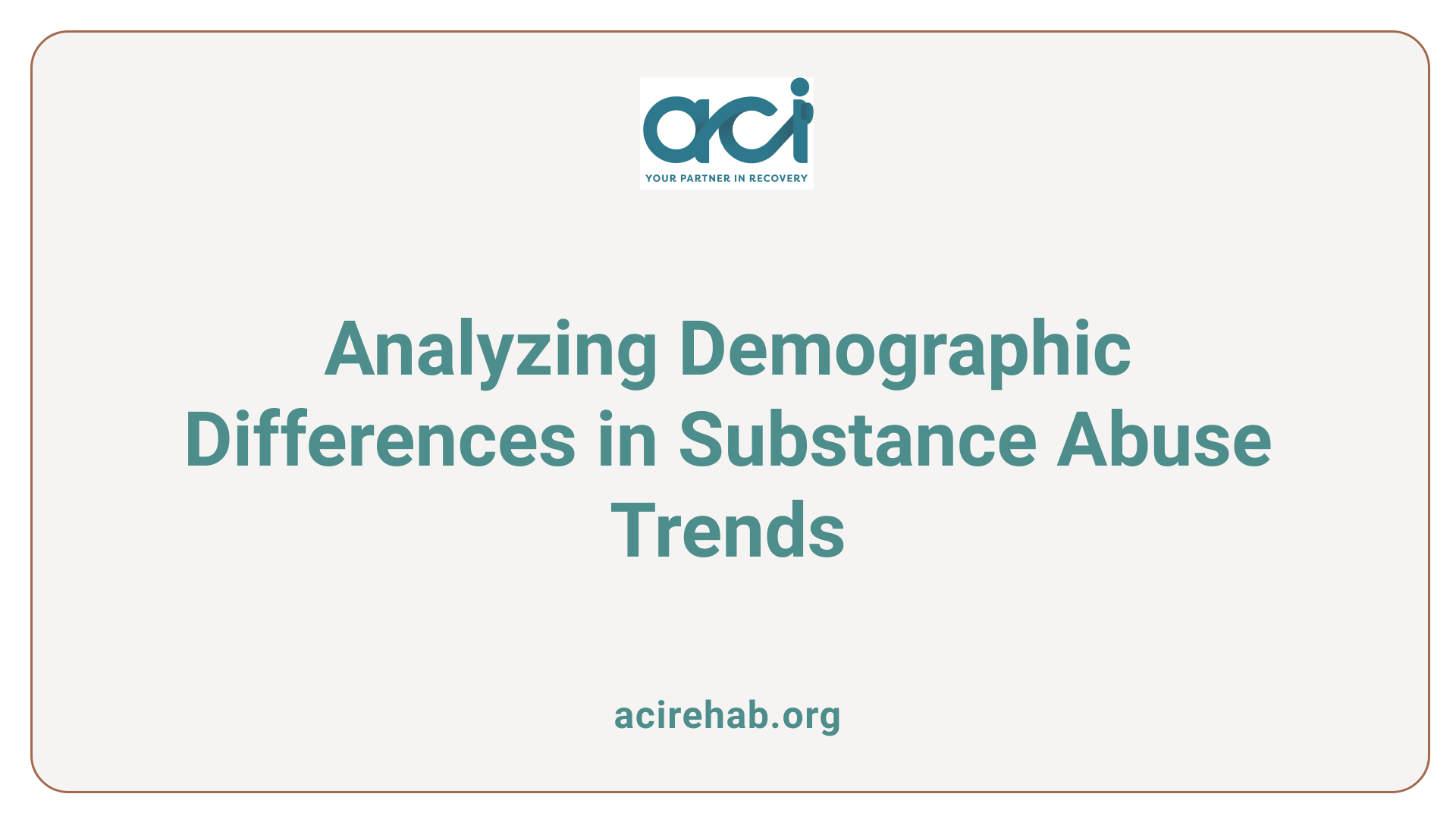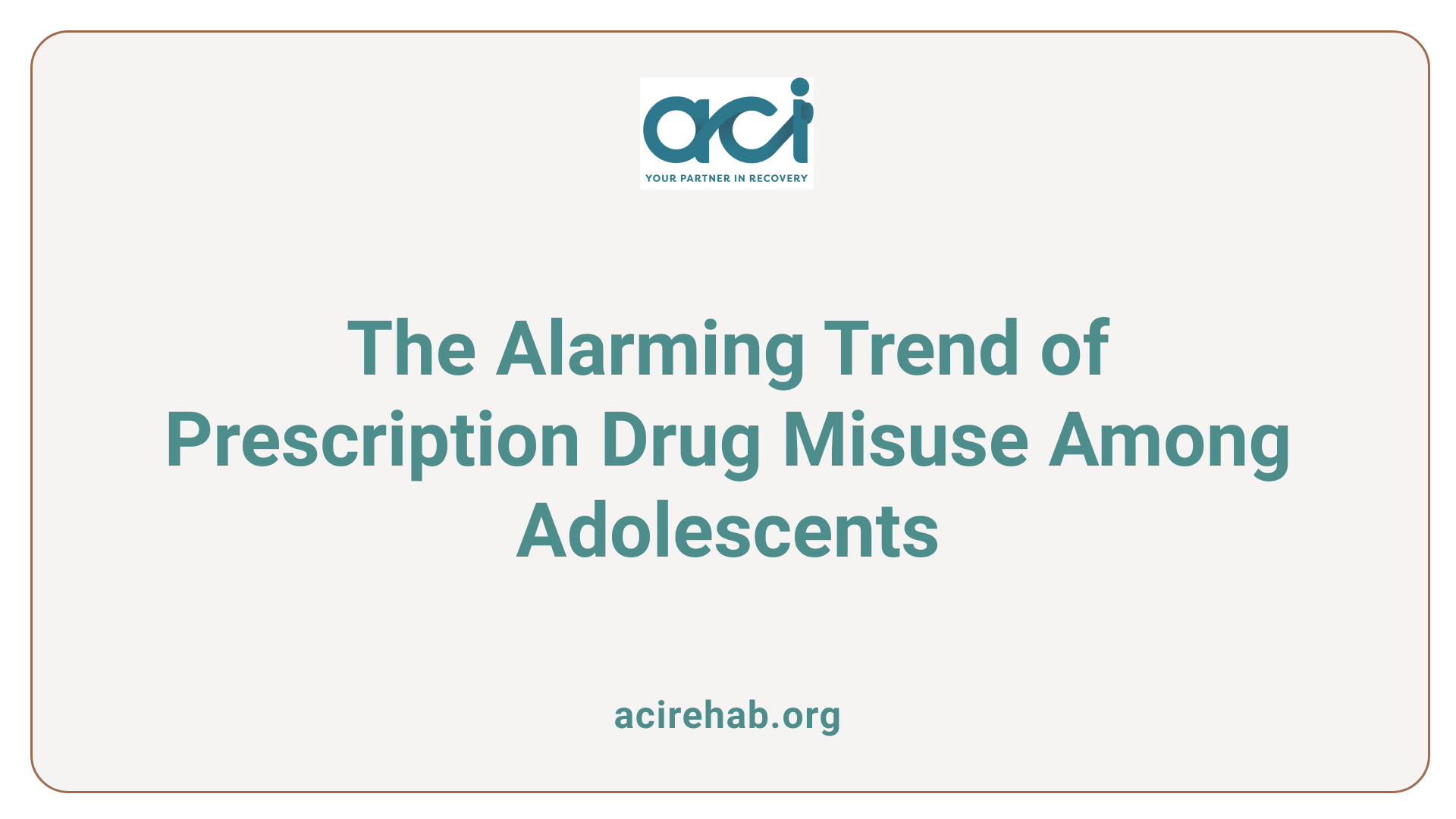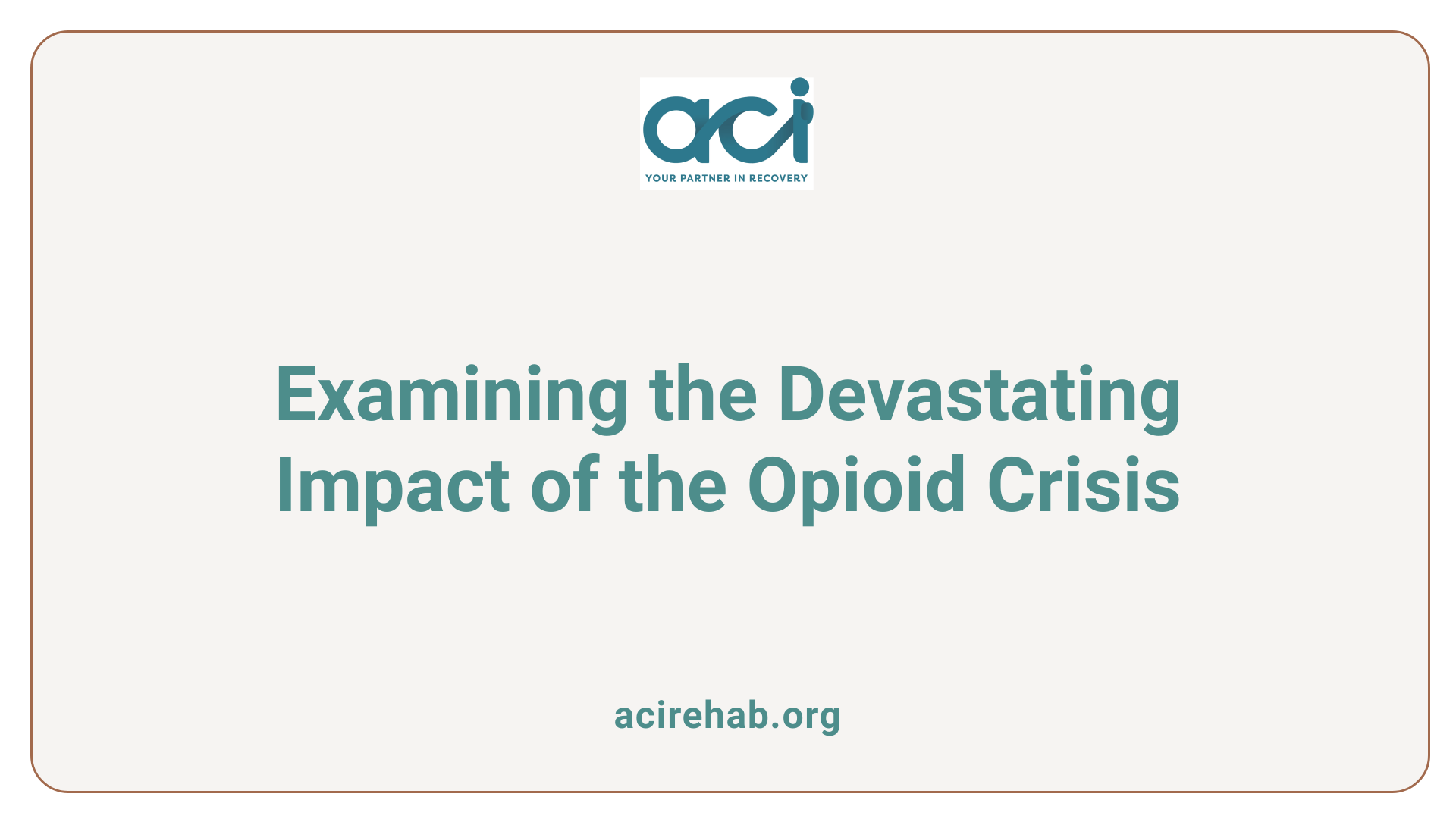A Haven for Healing and Recovery
Bucks County, PA, offers a robust network of 12-step programs designed to support individuals on their recovery journey from substance abuse and other compulsive behaviors. These programs emphasize community support and personal growth, providing accessible and inclusive resources for all residents. For those seeking structured interventions, various options are available, from Alcoholics Anonymous to specialized meetings like Gamblers Anonymous. Each program is tailored to address specific types of addiction, combining accountability with peer support to help participants achieve and maintain sobriety.
Key Facts about Recovery Support Programs in Bucks County
- Approximately 315 AA meetings held in Bucks County, ensuring wide access to recovery.
- Narcotics Anonymous (NA) provides a supportive environment, focusing on shared experiences among members.
- Al-Anon supports families impacted by addiction, offering a safe space for emotional discussions.
- Cocaine Anonymous (CA) meetings follow the 12-step format, emphasizing personal experiences and communal support.
- Gamblers Anonymous (GA) helps individuals regain control over gambling through accountability and shared understanding.
- Overeaters Anonymous (OA) offers a nurturing environment for those coping with food addiction within a 12-step framework.
- SMART Recovery gives an alternative to traditional programs, emphasizing self-empowerment and cognitive-behavioral strategies.
- Recovery Dharma integrates mindfulness with addiction recovery, focusing on compassion and awareness.
- Nar-Anon assists families of drug users, providing coping strategies in a confidential setting.
- The Council of Southeast Pennsylvania offers comprehensive resources and programs for addiction recovery and education.
1. Alcoholics Anonymous (AA)
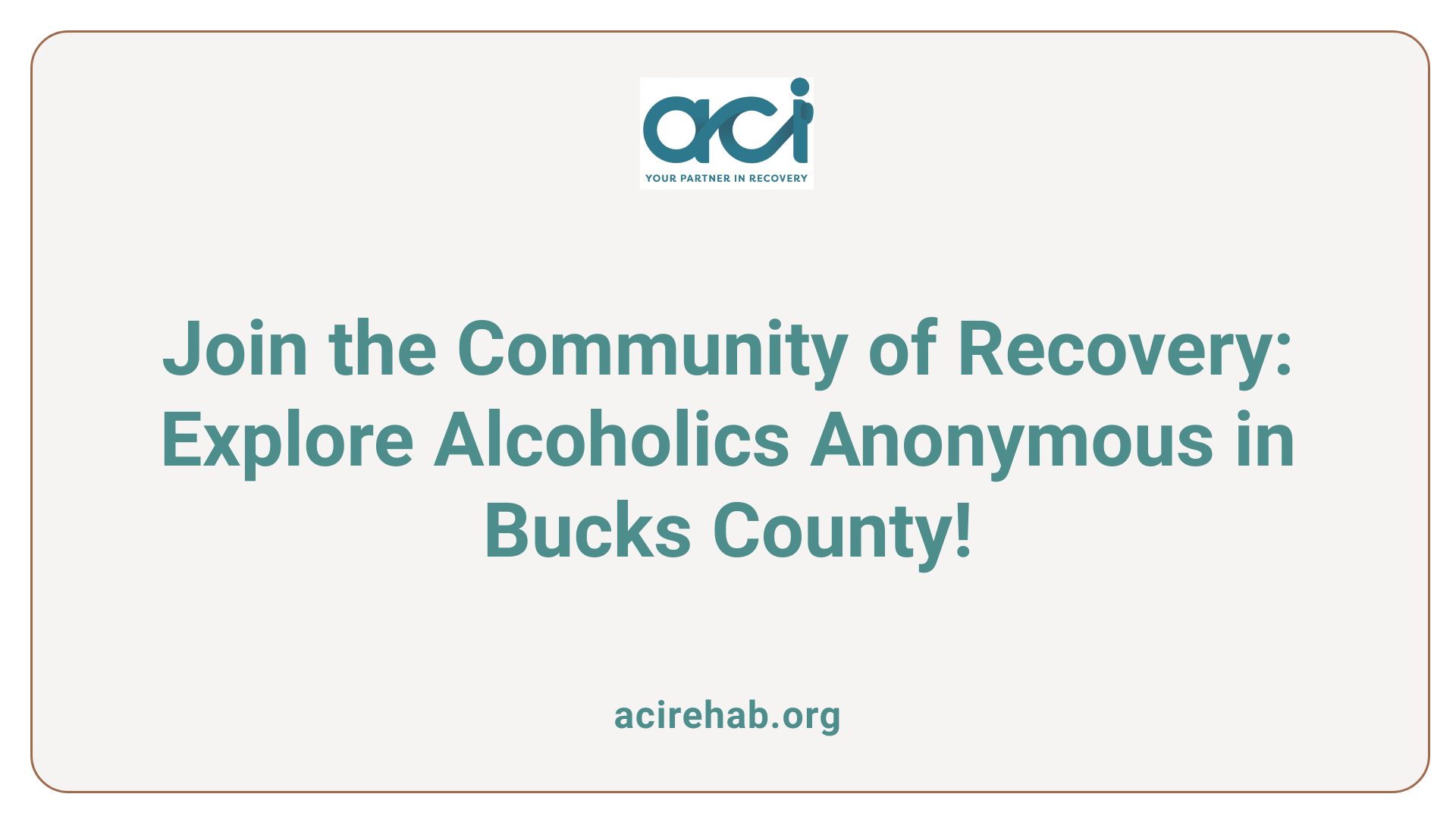
Overview of AA in Bucks County
In Bucks County, Alcoholics Anonymous (AA) plays a vital role in supporting individuals struggling with alcohol addiction. There are approximately 315 AA meetings held throughout the area, providing a strong network of community support dedicated to recovery. This accessibility allows those in need to find meetings that fit their schedules and specific locations, fostering a sense of belonging.
Meeting availability and locations
AA meetings in Bucks County take place in various locations including community centers and libraries, ensuring that individuals have convenient access to support. Meetings occur regularly, including daily sessions, which encourage individuals to engage consistently. Notable locations for meetings include Doylestown and Levittown, where individuals can connect with others sharing similar experiences in their recovery journeys.
Support offered to alcoholics
Support within AA extends beyond meetings. Members often share personal stories and experiences, creating an atmosphere of mutual understanding and encouragement. In addition to fostering accountability, the structured framework of AA sessions promotes personal growth and self-reflection, essential components of effective recovery. The emphasis on community and shared experiences highlights the importance of social support in overcoming addiction.
How long does it take to complete the 12-step program?
The duration to complete a 12-step program can vary widely depending on individual circumstances and commitments. Many participants are advised to attend 90 meetings in 90 days, which translates to attending one meeting per day for approximately three months. However, some individuals may take longer to complete the steps at their own pace, which can involve a deeper personal reflection and engagement with the material. Additionally, the time it takes to work through the steps can be influenced by factors such as the person’s previous experience with recovery, their support system, and personal challenges. Ultimately, the completion timeline may differ significantly from one individual to another, making it a highly personal journey.
2. Narcotics Anonymous (NA)
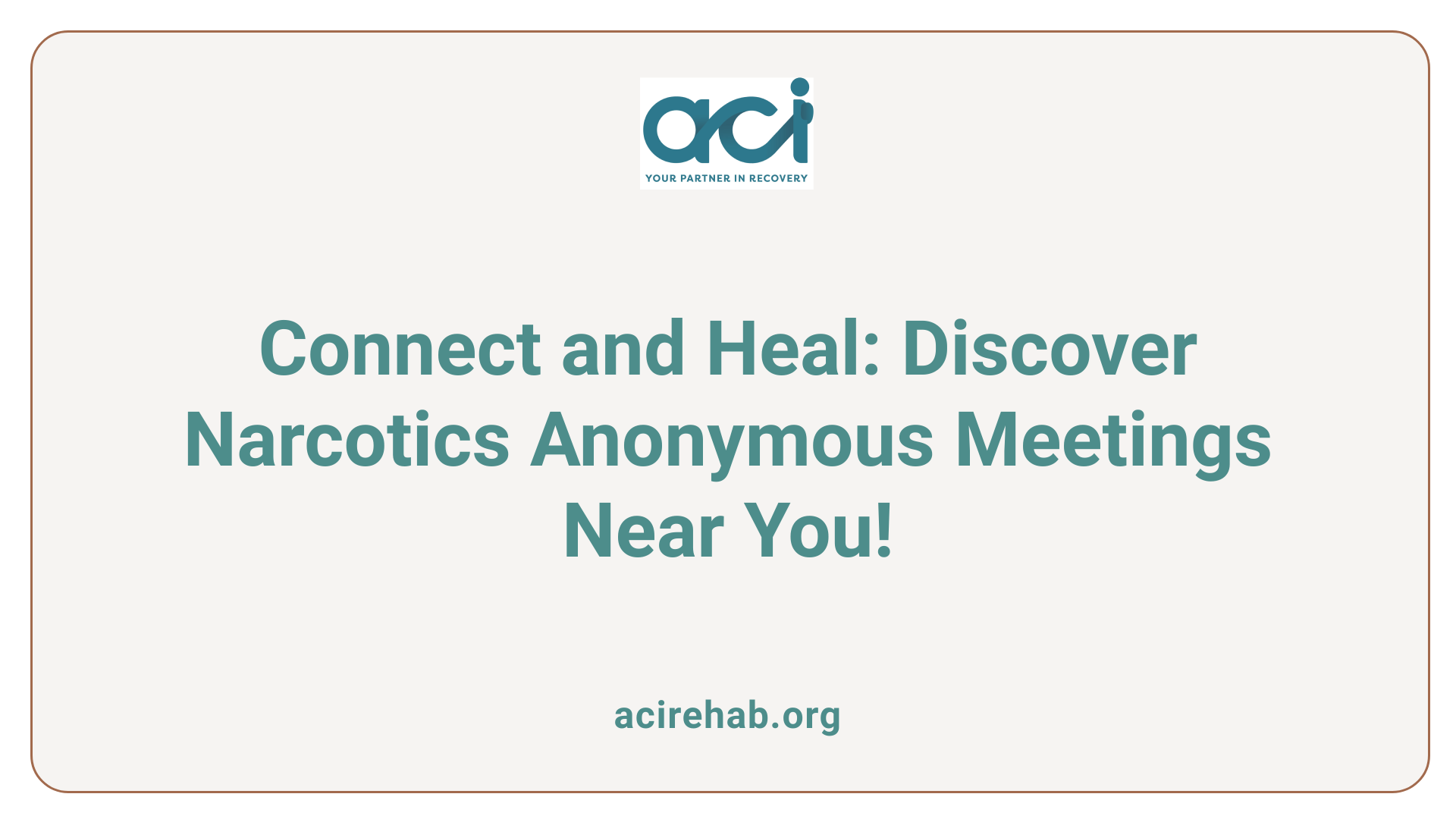
Details on NA in Bucks County
In Bucks County, individuals seeking recovery from drug addiction have access to numerous Narcotics Anonymous (NA) meetings. These gatherings foster a supportive environment for those struggling with drug misuse. NA’s approach centers around sharing experiences and encouraging compassion among its members, creating a community where individuals feel understood and less isolated.
Meeting schedules and formats
NA meetings are routinely held in various locations throughout central areas like Doylestown, Bristol, Newtown, and Levittown, thereby ensuring easy access for participants. Membership is open to anyone aspiring to recover from addiction, and weekly meetings typically comprise structured elements such as introductions, group sharing, reading of relevant literature, and guidance from facilitators. The confidential nature of these meetings allows participants to engage openly in their recovery journey.
Support for drug addiction
The primary aim of NA is to provide a safe space where individuals can discuss their challenges, share personal stories, and seek advice from others who have faced similar adversities. This support mechanism not only aids in recovery but also emphasizes the importance of community belonging during the healing process. NA promotes personal growth through mutual support and accountability, which are vital for overcoming drug addiction.
3. Al-Anon Family Groups
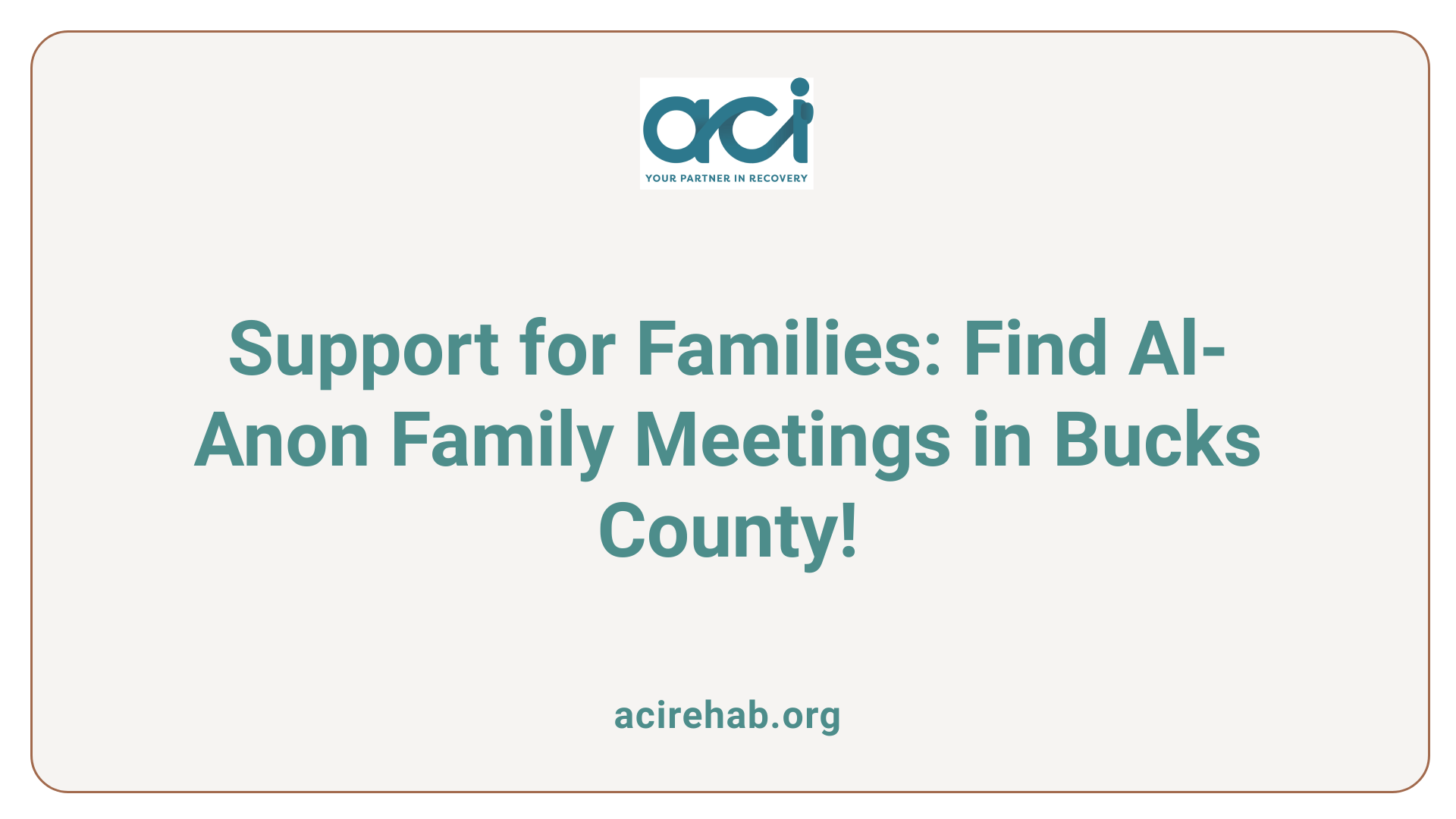
Support for families in Bucks County
Al-Anon provides a vital support network for families affected by addiction, particularly those dealing with the impact of someone else’s drinking. In Bucks County, Al-Anon meetings are held weekly at various locations, ensuring accessibility for families seeking connection and understanding. This community fosters a safe environment for individuals to share their experiences, enabling coping strategies that can help mitigate the emotional turmoil associated with addiction in their loved ones.
Al-Anon’s role in recovery
Al-Anon plays a significant role in the recovery journey for families by promoting the idea that while you cannot control another person’s addiction, you can control your response. Participants learn to focus on their own well-being, gaining insights into the dynamics of addiction and enabling them to develop healthier relationships with their loved ones. This focus on self-care is essential not only for personal recovery but also provides a supportive backdrop as the individual in recovery navigates their path.
Meeting information
Al-Anon meetings in Bucks County typically include discussions on the shared experiences of participants, reading of relevant literature, and guided sharing facilitated by a leader. Such meetings emphasize maintaining confidentiality, allowing families to vocalize their feelings in a supportive atmosphere. Whether you’re looking for guidance, community, or an opportunity to share, Al-Anon in Bucks County offers the tools necessary to support both personal growth and family healing.
| Aspect |
Details |
Benefits |
| Meeting Locations |
Various locations across Bucks County |
Accessibility for families |
| Focus |
Coping with the impact of a loved one’s drinking |
Enhanced emotional understanding and support |
| Structure |
Discussion, reading literature, group sharing, confidentiality assured |
Safe space for sharing experiences |
| Self-Care Emphasis |
Encouragement of individual well-being |
Promotes healthier relationships and personal recovery |
4. Cocaine Anonymous (CA)
Information on CA Meetings
Bucks County offers accessible Cocaine Anonymous (CA) meetings for those in recovery from cocaine addiction. These meetings typically follow the well-established 12-step format, emphasizing community support and the shared experiences of participants. Meetings are held several times a week, allowing individuals flexible options to attend and engage with others who understand their struggles.
Focus on Cocaine Addiction
Cocaine Anonymous is dedicated to supporting individuals facing challenges related to cocaine use. The program aims to provide a safe space for members to share their experiences, seek advice, and develop coping mechanisms that can aid in their recovery journey. Participants learn to tackle the complex nature of addiction collaboratively, focusing on personal experiences and collective healing.
Community Support Structure
The structure of Cocaine Anonymous in Bucks County promotes a strong sense of community. Members are encouraged to not only participate in discussions but also to build relationships with one another. This communal environment fosters accountability and understanding, both crucial for long-term recovery. With regular meetings and peer support, CA creates a nurturing atmosphere for individuals to grow and heal together.
5. Gamblers Anonymous (GA)

GA Meetings in Bucks County
Gamblers Anonymous (GA) offers a supportive environment for individuals facing challenges with compulsive gambling. In Bucks County, GA meetings are held regularly, providing a structured setting where participants can share their experiences and struggles. These meetings are free to attend and open to anyone who wishes to address their gambling issues.
Support for Gambling Addiction
The primary aim of GA is to help individuals regain control over their lives by promoting accountability and shared understanding among members. With a strong emphasis on community support, attendees find comfort in knowing they are not alone in their journey toward recovery.
Community Involvement
Local initiatives play a significant role in the success of GA in Bucks County. Through community partnerships and outreach, GA helps reduce the stigma associated with gambling addiction while encouraging individuals to seek help. By fostering a sense of belonging, GA contributes to enhancing recovery efforts, making it an essential part of the support network for those in need.
6. Overeaters Anonymous (OA)
Support for food addiction
Overeaters Anonymous (OA) focuses on providing support for individuals dealing with compulsive eating and food addiction. This organization helps members create a nurturing environment where they can share their experiences and receive understanding from others facing similar challenges. OA strives to build a community based on compassion, understanding, and accountability.
Meeting details in Bucks County
In Bucks County, OA holds regular meetings that welcome participants seeking to recover from food-related issues. These meetings typically allow individuals to discuss their struggles, share strategies, and gain insights that promote healthier relationships with food. Meeting locations are spread across various community centers, making it accessible for those in need of support.
12-step framework for OA
The OA program follows a structured 12-step framework similar to other groups like Alcoholics Anonymous. Each step provides a guideline for emotional and personal growth, fostering a sense of responsibility among members. By following these steps, participants aim for lasting recovery and improved self-awareness, essential components in overcoming eating disorders.
| Program |
Focus |
Structure |
| Overeaters Anonymous |
Compulsive Eating |
12-Step Program |
| Alcoholics Anonymous |
Alcohol Addiction |
12-Step Program |
| Narcotics Anonymous |
Drug Addiction |
12-Step Program |
7. SMART Recovery
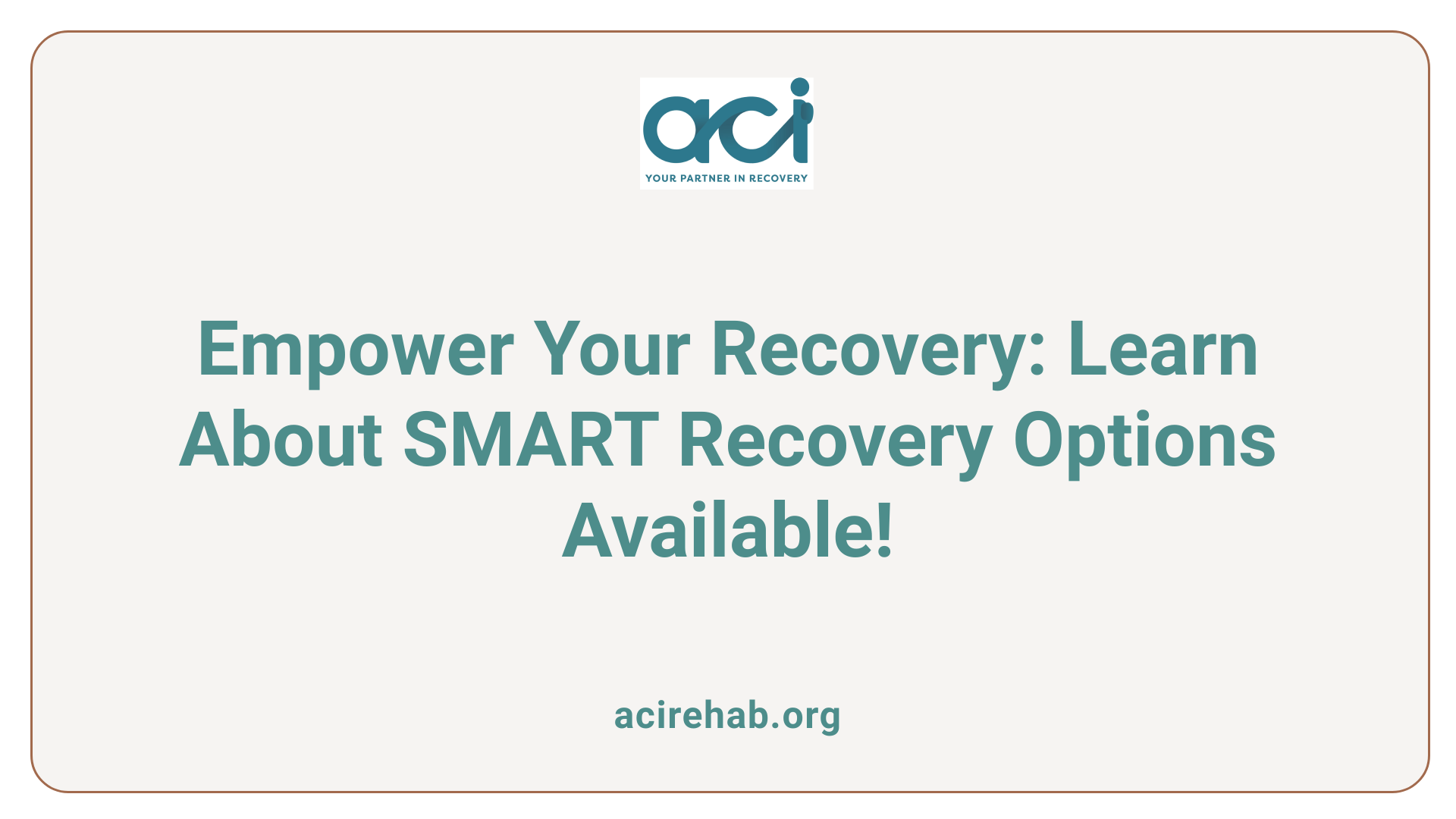
Alternatives to 12-Step Programs
In Bucks County, SMART Recovery offers a refreshing alternative to traditional 12-step programs for those in recovery from addiction. Designed to empower individuals, SMART focuses on self-sufficiency and techniques for managing addiction through a science-based approach. This makes it an appealing option for those who may not resonate with the spiritual aspect of 12-step programs.
Focus on Self-Empowerment
At the core of SMART Recovery is the idea that individuals have the ability to take charge of their recovery. The program equips participants with tools to confront triggers, manage cravings, and develop personal coping strategies. This approach emphasizes psychological well-being, encouraging participants to apply cognitive-behavioral techniques to overcome challenges.
Meeting Information
Meetings for SMART Recovery are available in various locations throughout Bucks County, ensuring accessibility for those seeking support. Each meeting typically includes group discussions, interactive exercises, and guidance on applying SMART principles in daily life. With a focus on peer support and self-empowerment, SMART Recovery emphasizes hope and personal growth on the journey of recovery.
8. Recovery Dharma
Mindfulness-based recovery
Recovery Dharma is an innovative approach to addiction recovery that integrates mindfulness practices and Buddhist teachings. This method promotes self-empowerment and personal growth, focusing on the individual’s journey to recovery through awareness and compassion. The emphasis on mindfulness helps participants cultivate a deeper understanding of their thoughts and emotions, which can be critical in overcoming addictive behaviors.
Community meetings
In Bucks County, Pennsylvania, Recovery Dharma hosts community meetings that provide a supportive environment for individuals seeking recovery. These meetings offer a platform for sharing experiences and wisdom, fostering strong connections among participants. Community is a vital aspect of Recovery Dharma as it allows individuals to feel less isolated in their journeys.
Benefits of Recovery Dharma
Participating in Recovery Dharma can yield numerous benefits, including enhanced emotional regulation, reduced cravings, and an overall improved sense of well-being. Those who engage in this program often report a greater sense of community, shared understanding, and accountability, which can significantly aid in their recovery journey.
9. Nar-Anon Family Groups
Support for Families of Drug Users
Nar-Anon Family Groups offer invaluable support for relatives and friends of individuals struggling with drug addiction. These meetings create a safe environment where members can share their experiences, listen to others, and learn coping strategies focused on healing and understanding. Nar-Anon emphasizes empathy and care, assisting families in navigating the emotional turmoil that often accompanies ongoing addiction challenges.
Meeting Availability
In Bucks County, Nar-Anon meetings are regularly held, ensuring that families have consistent access to support. Locations for these meetings are strategically placed to accommodate as many participants as possible. Typically, the meetings provide a confidential space where individuals can discuss their feelings and seek advice from those who have faced similar challenges.
Community Impact
The presence of Nar-Anon in the Bucks County community significantly impacts both families and individuals in recovery. By fostering connections between participants, Nar-Anon not only facilitates healing for families but also contributes to a broader culture of understanding and support surrounding addiction recovery. This collective approach enhances the effectiveness of recovery journeys and fortifies community resilience.
10. Central Bucks and Southern Bucks Recovery Community Centers
What services do the recovery community centers offer?
The Central Bucks and Southern Bucks Recovery Community Centers play a vital role in assisting individuals in recovery. These centers provide peer support services that foster understanding and shared experiences among individuals facing similar challenges.
How do they facilitate 12-step meetings?
Both community centers facilitate structured 12-step meetings, including those from Alcoholics Anonymous (AA) and Narcotics Anonymous (NA). Such meetings offer a structured environment where participants can engage with one another, share their journeys, and receive guidance based on the principles of recovery.
What resources are available for individuals in recovery?
Additionally, these centers offer various resources, including counseling referrals and information on alternative support programs like SMART Recovery and Recovery Dharma. By creating a supportive atmosphere, the centers enhance the overall recovery experience, helping individuals build community connections and develop coping strategies.
11. Acceptance House
Transitional Support in Early Recovery
Acceptance House in Bucks County serves as a transitional living facility for individuals in the early stages of recovery from addiction. The program focuses on providing a structured environment that encourages personal growth and accountability. Residents often find stability in this supportive setting, which is pivotal during their journey towards sobriety.
Importance of 12-Step Meetings
A crucial aspect of the Acceptance House program is the emphasis on attending 12-step meetings. Participation in these meetings is encouraged as it reinforces the principles of recovery, allowing residents to connect with others who share similar experiences. In fact, these meetings promote discussions centered around the challenges of recovery and the shared commitment to sobriety.
Community Integration
By being part of a community that prioritizes recovery, Acceptance House residents are less likely to feel isolated in their struggles. The friendships built and support received from 12-step meetings contribute significantly to their recovery process. With various meetings available nearby, residents benefit from continuous guidance and encouragement, essential for sustaining their recovery.
12. The Council of Southeast Pennsylvania
Prevention and recovery services
The Council of Southeast Pennsylvania plays a pivotal role in providing vital support through prevention and recovery services. Located at 1525 Lower State Road, Suite 220, Doylestown, PA 18901, the council offers comprehensive programs aimed at tackling substance use disorders and fostering recovery for individuals and families alike.
Support provided for addiction
One of the key offerings of the Council is access to a range of recovery resources, including information about 12-step programs and alternative recovery methods like SMART Recovery. They assist individuals in navigating their recovery journeys, ensuring they receive the support and guidance necessary.
Role in the local community
In the Bucks County community, the Council serves as a cornerstone for recovery, promoting awareness, connection, and education about addiction. Their work not only aids those struggling with addiction but also extends to families and community members affected by these challenges, reinforcing the importance of shared experiences and support systems. The council’s efforts significantly contribute to building a supportive recovery environment in Bucks County.
Accessing 12-step Meetings in Bucks County
How can individuals access 12-step meetings in their area?
Individuals looking to access 12-step meetings in Bucks County can utilize various resources. Websites for local organizations, such as Alcoholics Anonymous (AA) and Narcotics Anonymous (NA), provide comprehensive information about meeting times and locations. One valuable tool is the Meeting Finder App offered by the Southeastern Pennsylvania Intergroup Association (SEPIA), which helps locate nearby meetings.
In addition to online resources, residents can reach out to local healthcare providers or community centers that often have information on 12-step programs. For personalized assistance, those in Philadelphia can call 267-219-5047, where confidential help is available to direct individuals to appropriate meetings, which are typically held weekly.
What resources are available for information?
Several resources exist to help individuals find 12-step meetings:
- SEPIA Website: Provides up-to-date meeting schedules and locations.
- Local Support Networks: Community recovery centers, such as the Central Bucks and Southern Bucks Recovery Community Centers, often list upcoming meetings.
- Counseling Services: Organizations like the Bucks County Drug and Alcohol Commission can provide referrals and guidance on finding meetings.
Importance of community centers
Community centers play a vital role in the recovery process. They serve as focal points for support and resources, offering a welcoming environment where individuals can meet regularly for 12-step programs. These centers facilitate connections among participants, fostering friendships and shared understanding, which are instrumental in the recovery journey. With various meetings available throughout Bucks County, individuals are empowered to seek help and find accountability in their sobriety ventures.
Structure of the 12-step Recovery Program
How does the structure of the 12-step recovery program work?
The 12-step recovery program serves as a cornerstone for many addiction recovery initiatives, having originated from Alcoholics Anonymous (AA) in the 1930s. This structured framework assists individuals in overcoming substance abuse and maintaining long-term sobriety.
Participants engage with a series of steps designed to promote essential principles such as:
- Admitting Powerlessness: Acknowledging one’s inability to control the addiction.
- Seeking a Higher Power: Encouraging faith and hope in the recovery journey.
An essential aspect of the program is the role of a sponsor. This experienced member of the group provides guidance and support to newcomers as they navigate their recovery process, fostering accountability and personal growth.
Community participation is crucial. Alumni programs often encourage individuals who have completed the 12 steps to extend their support by mentoring others. This cyclical mentorship reinforces the program’s emphasis on community support and service, necessary for sustaining emotional health. Group meetings typically focus on honesty and self-reflection, which are critical for preventing relapse.
Ultimately, the structure of the 12-step program creates a nurturing environment, significantly enhancing the recovery experience in Bucks County and beyond.
A Community of Hope and Recovery
The wide range of 12-step programs available in Bucks County, PA, offers crucial support for individuals on their path to recovery from various forms of addiction. The combination of peer support, structured guidance, and community engagement forms a robust foundation for those seeking to change their lives. Whether battling substance abuse, gambling, or other compulsive behaviors, the inclusive environment and rich network of meetings allow individuals to find solace and guidance on their recovery journey. By accessing these transformative resources, participants can embrace a hopeful future driven by healing and personal growth.
References
